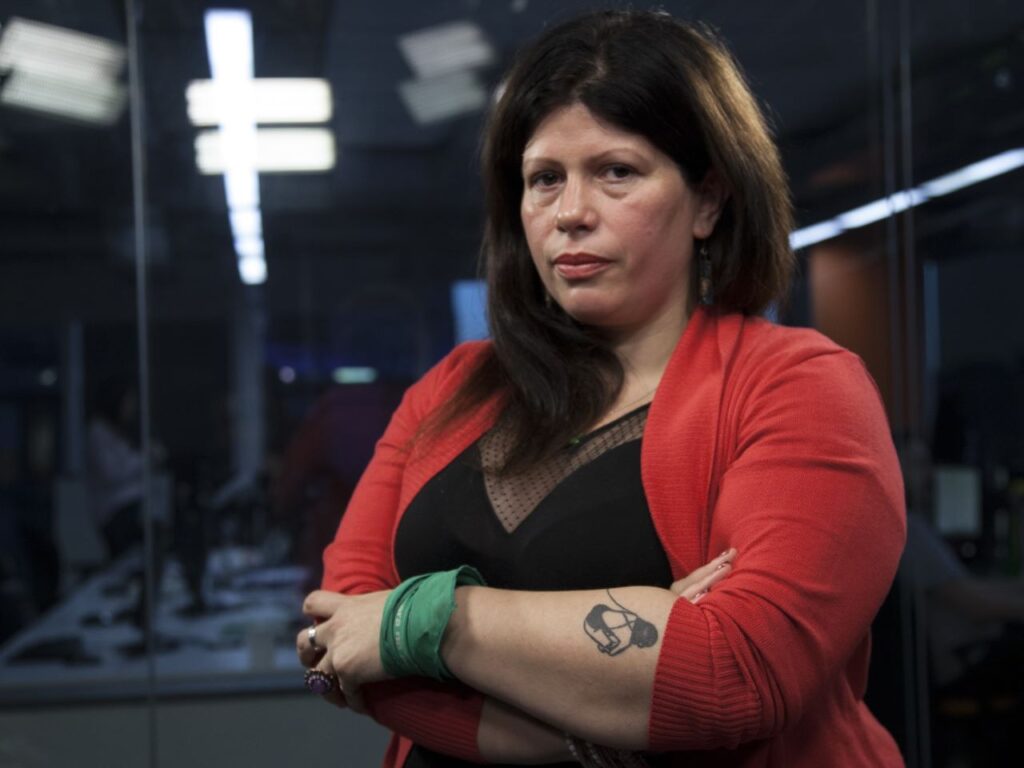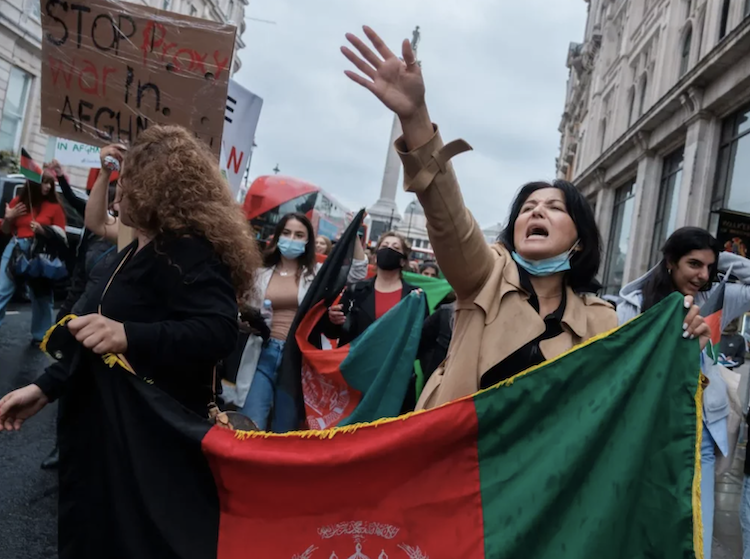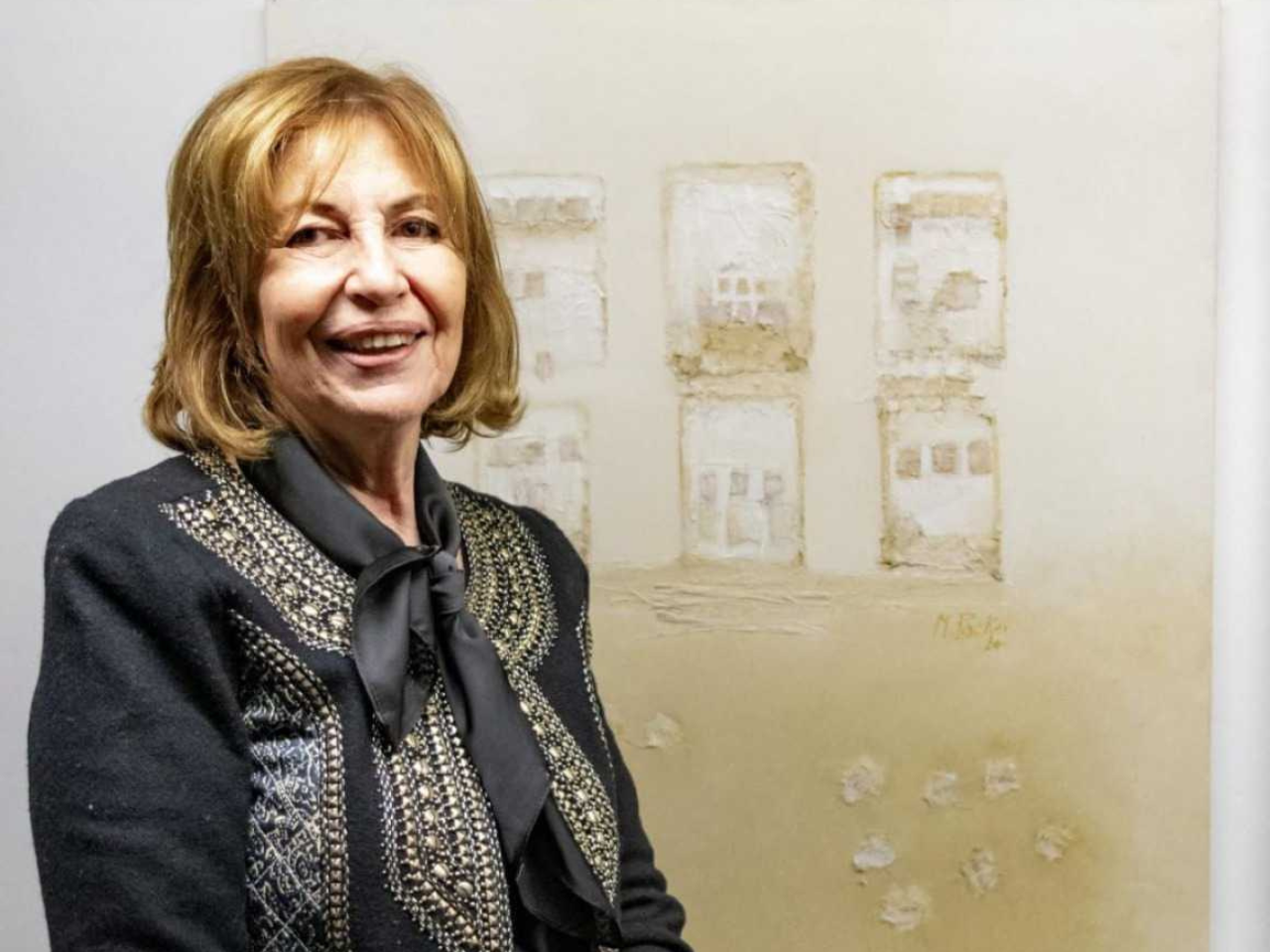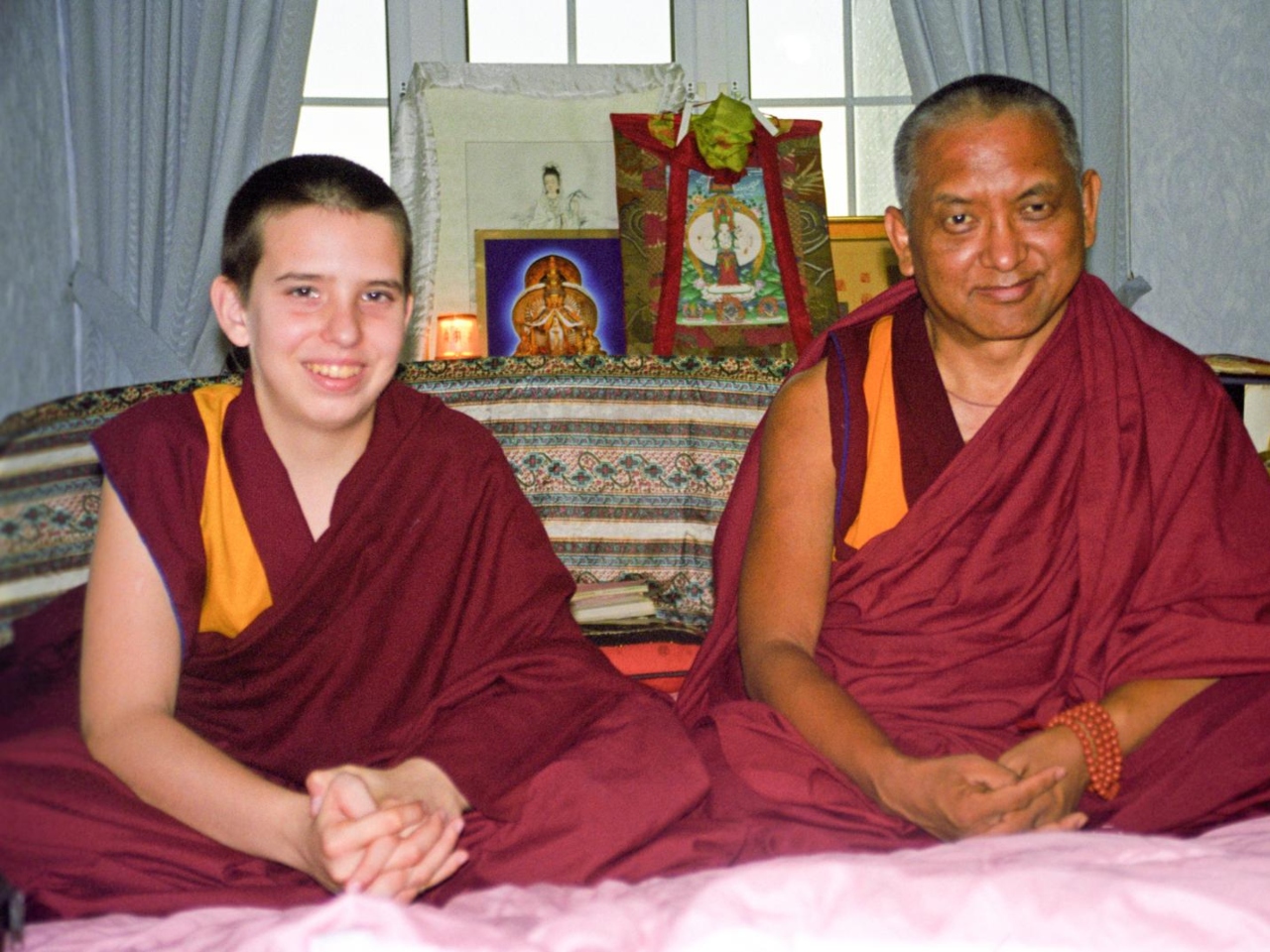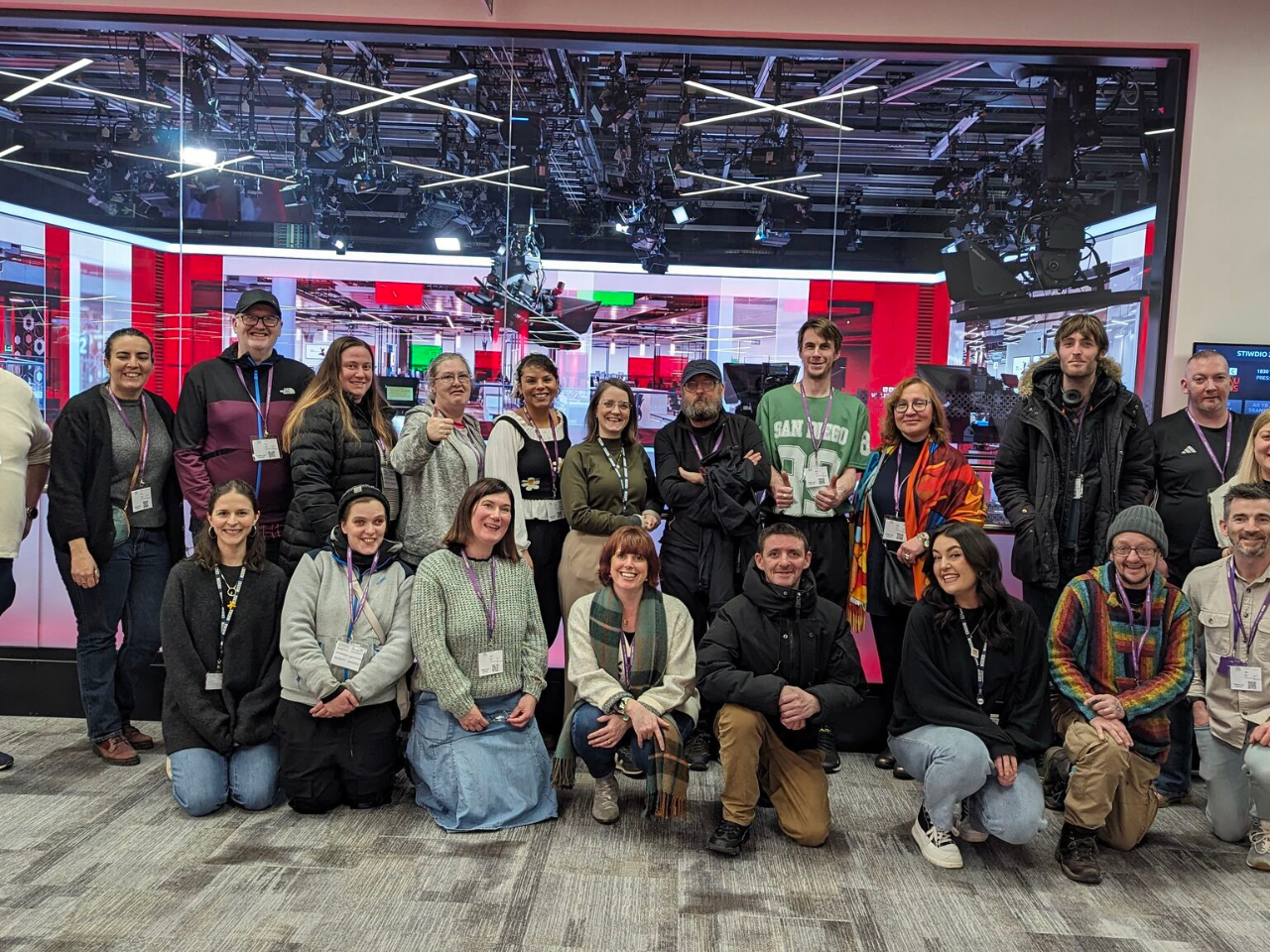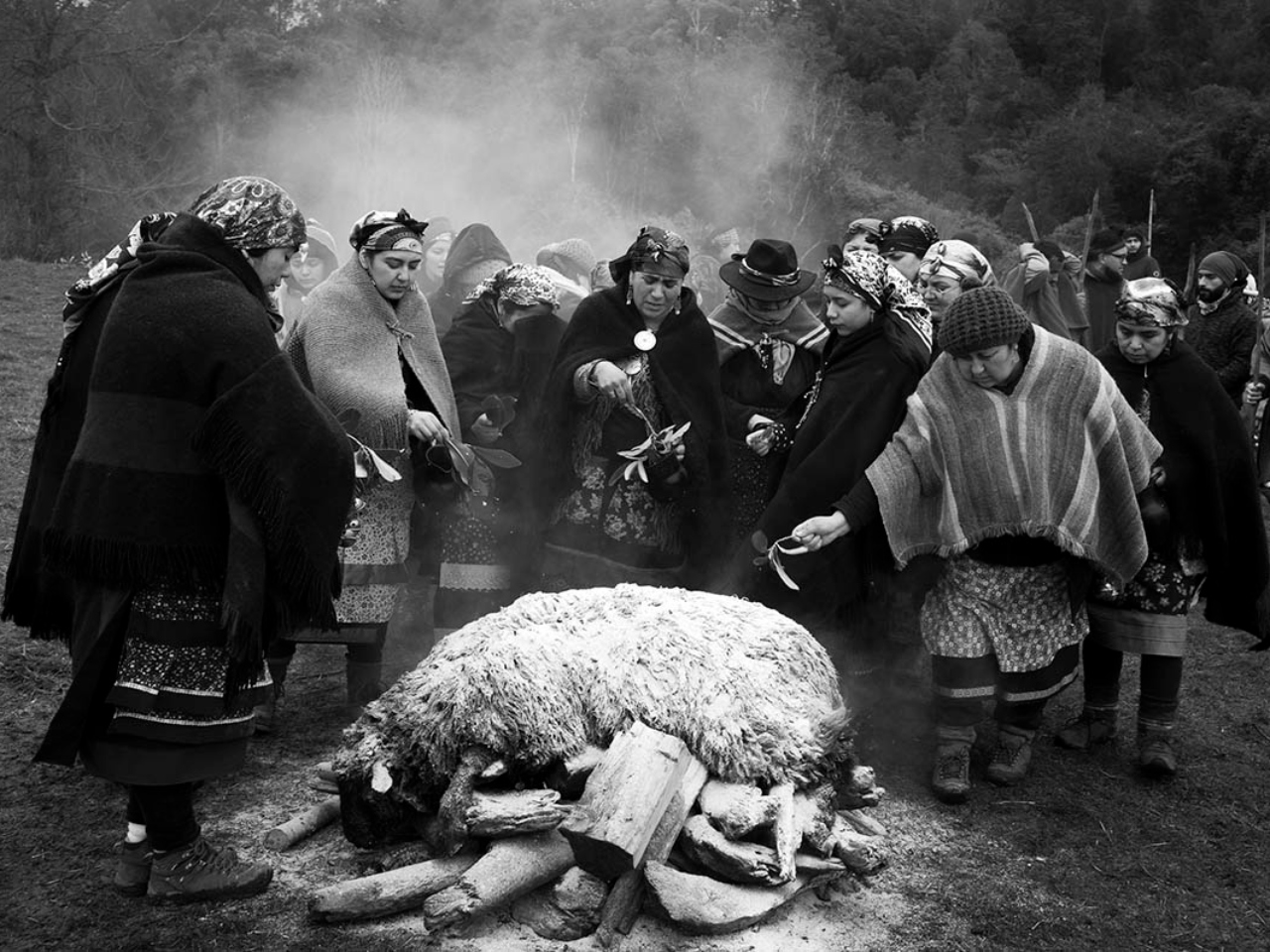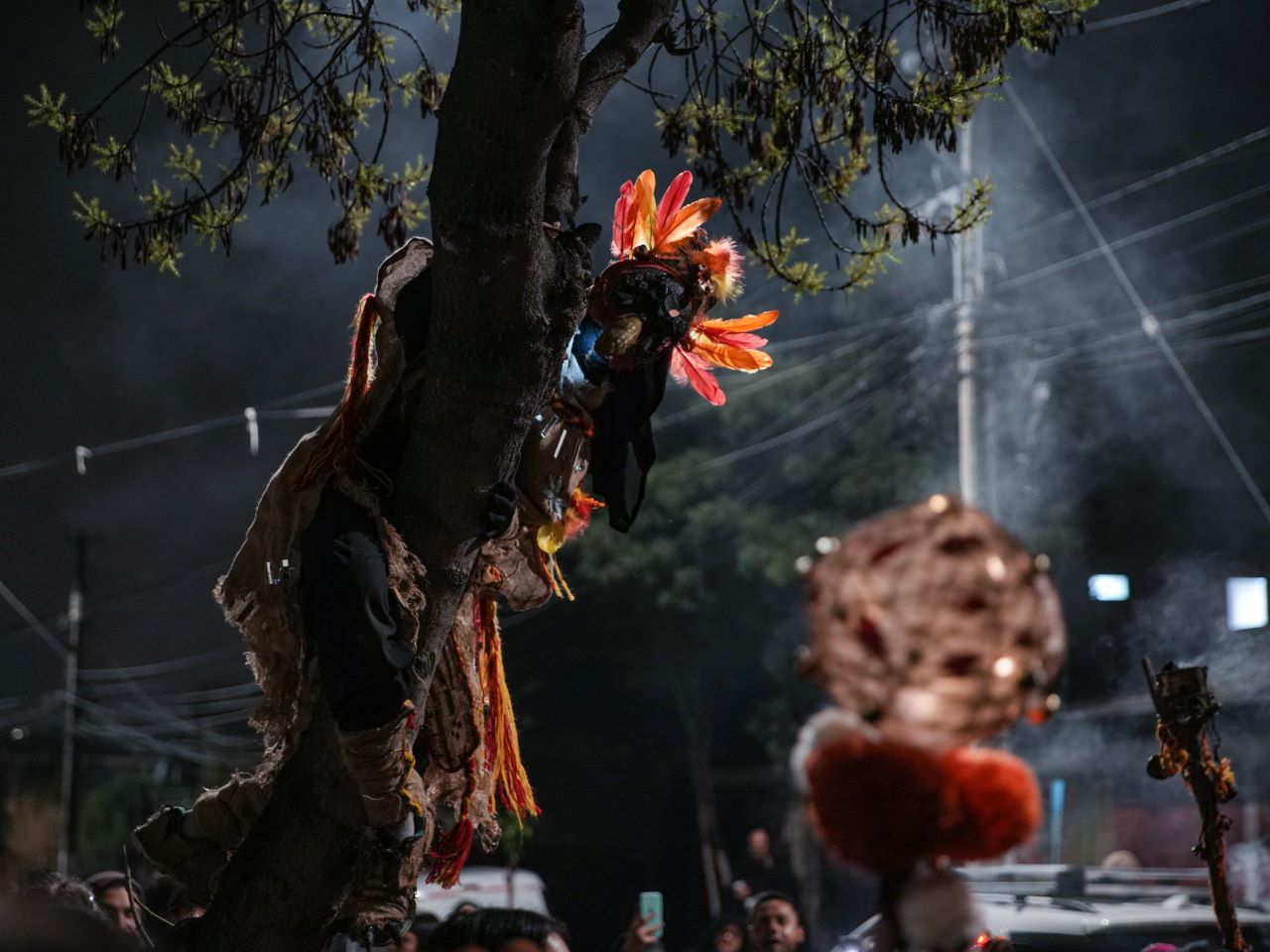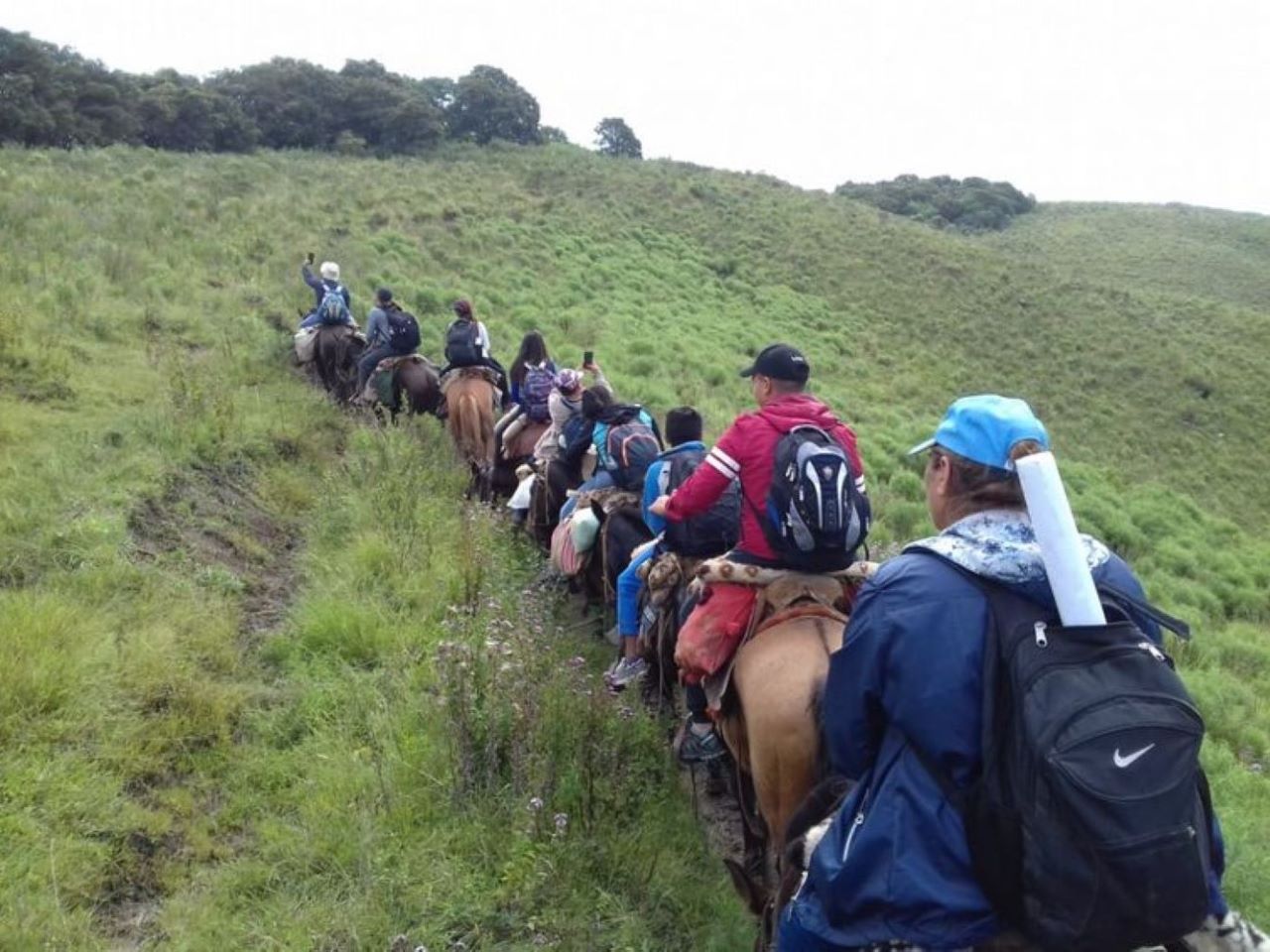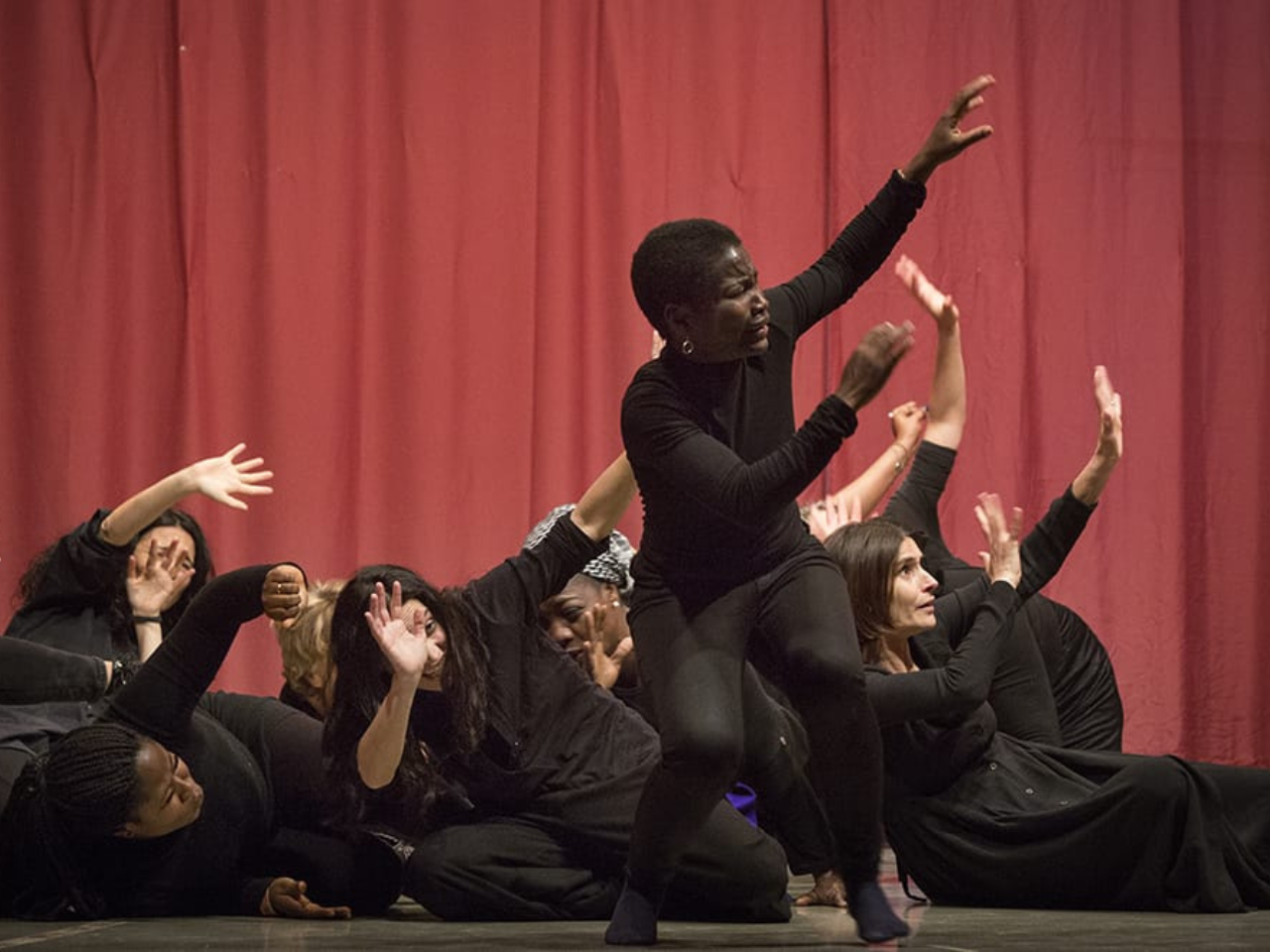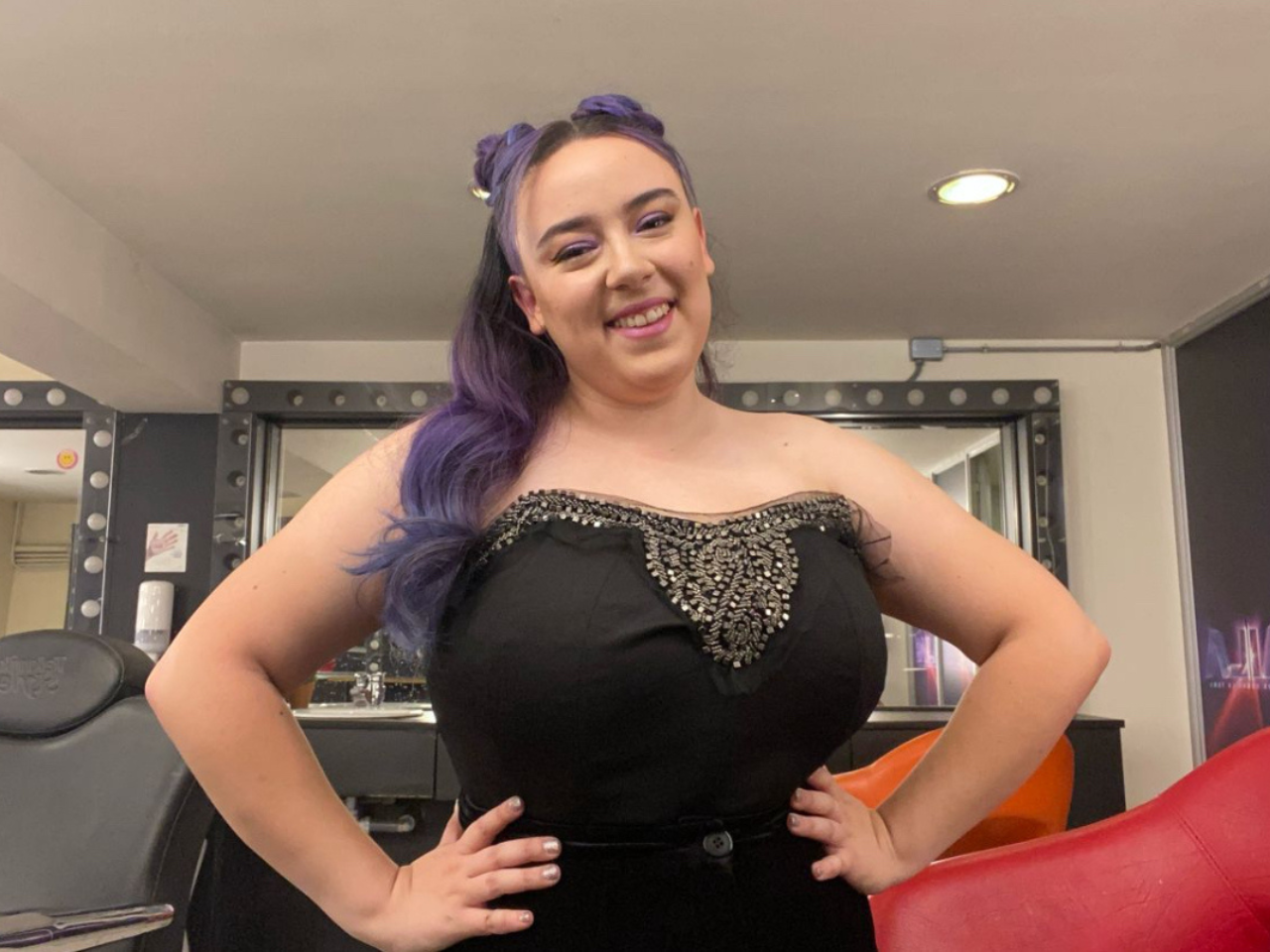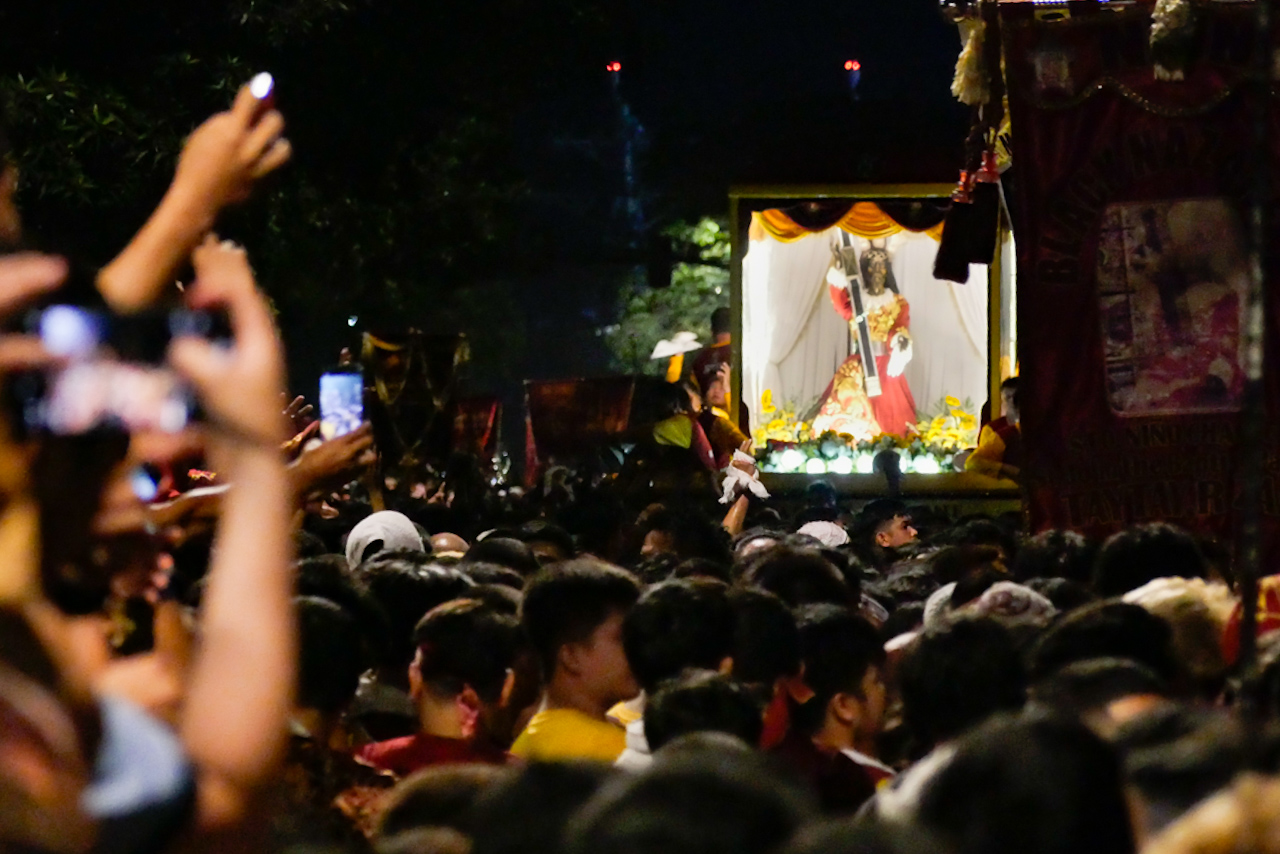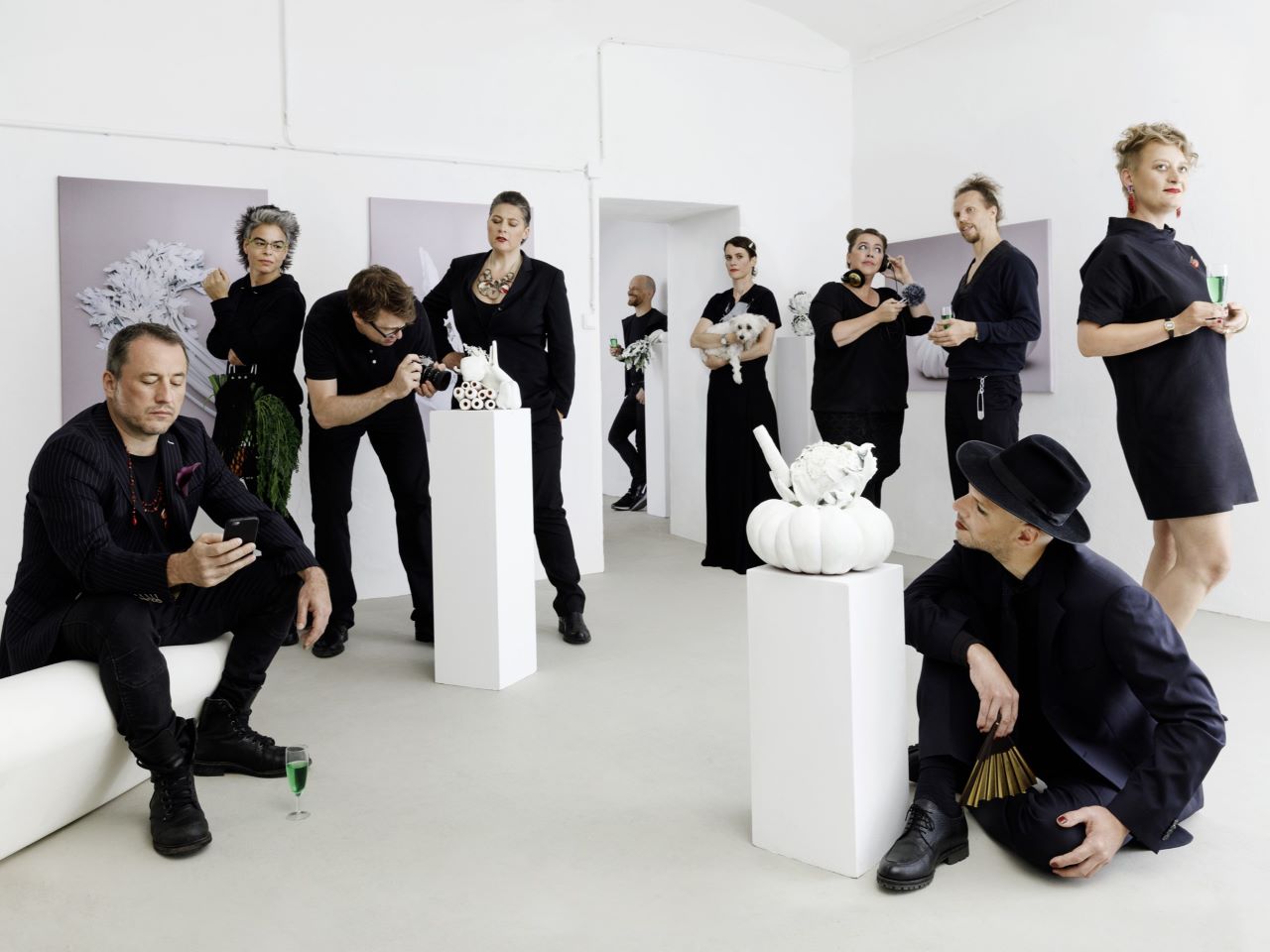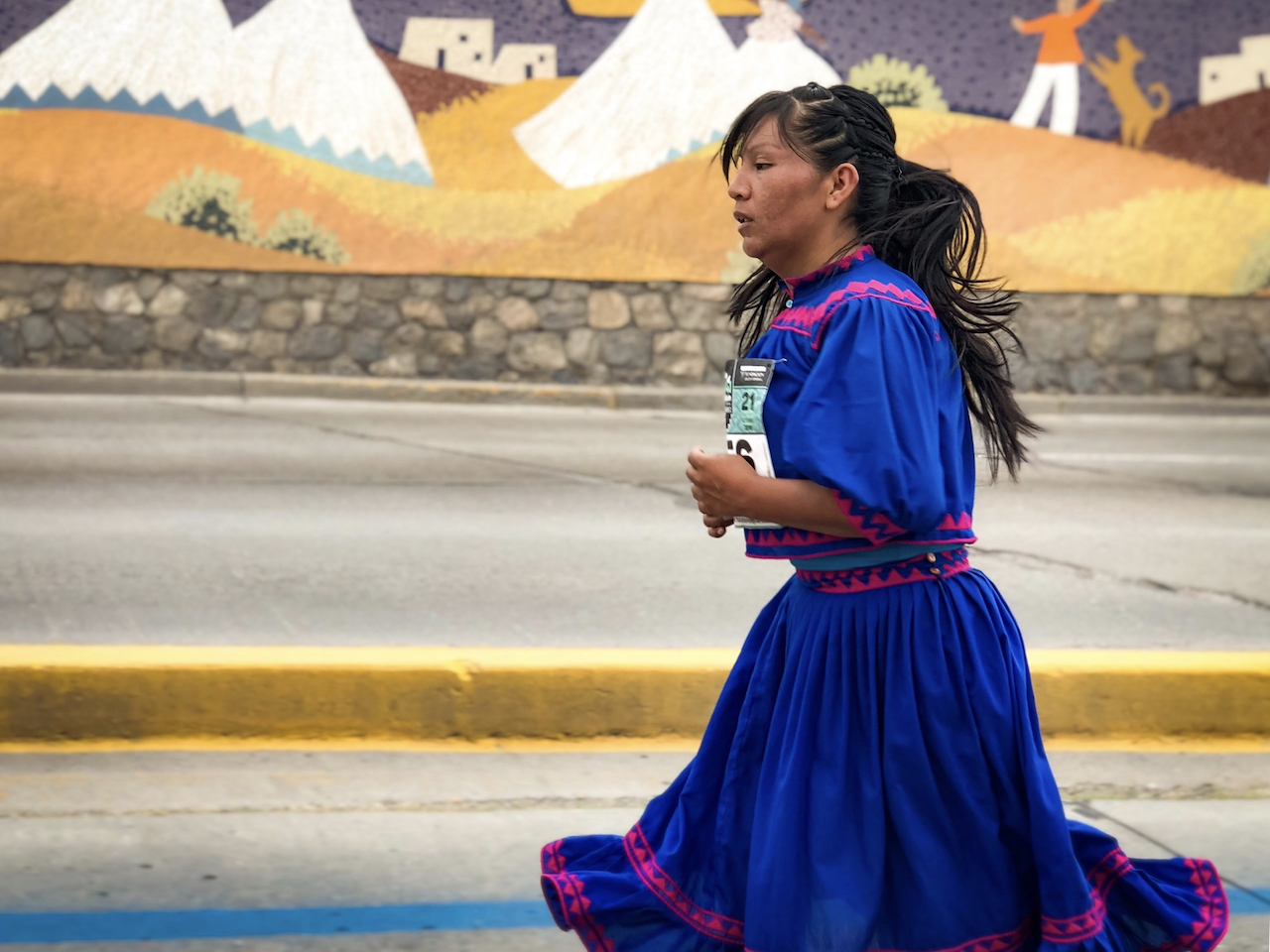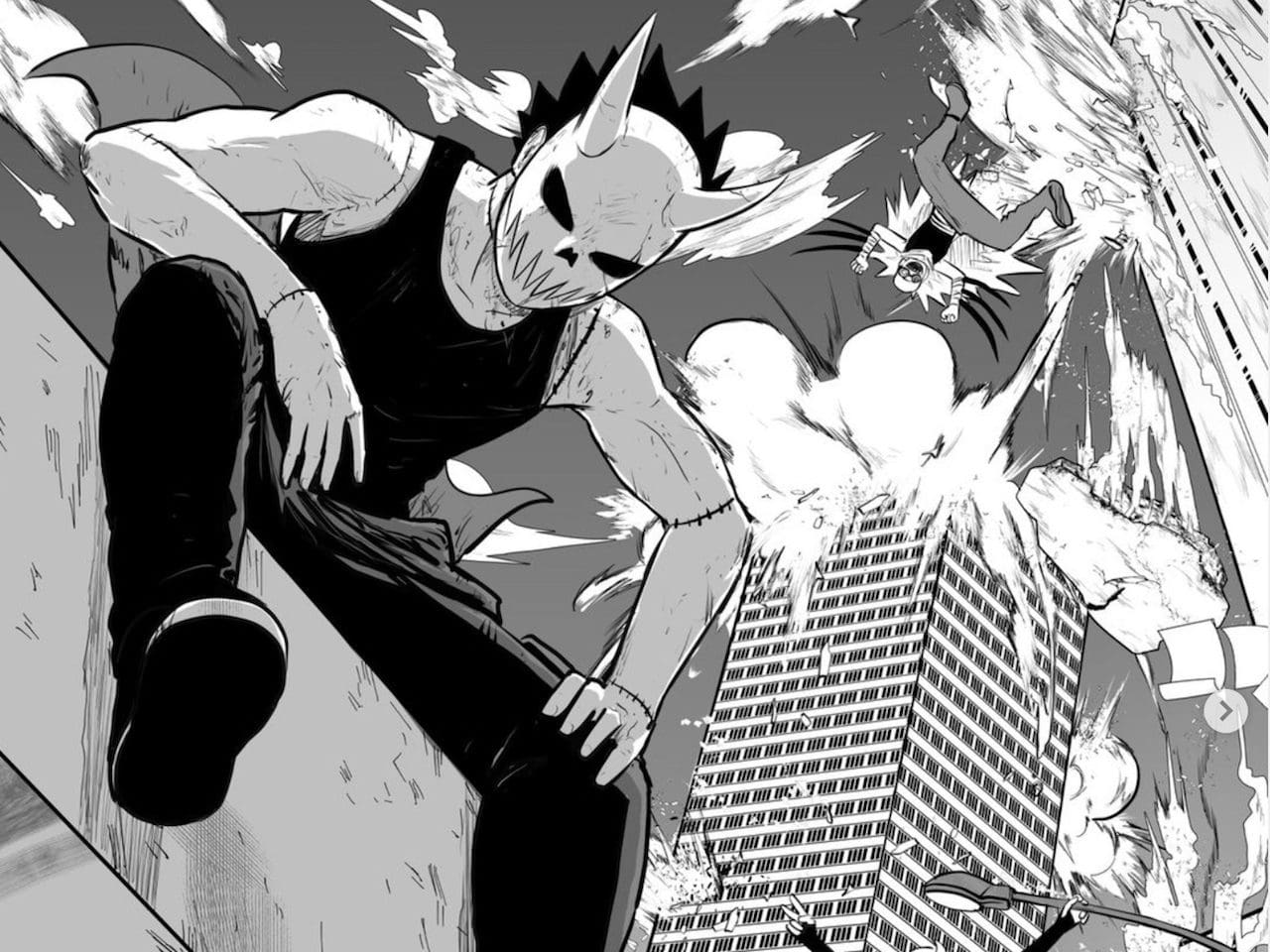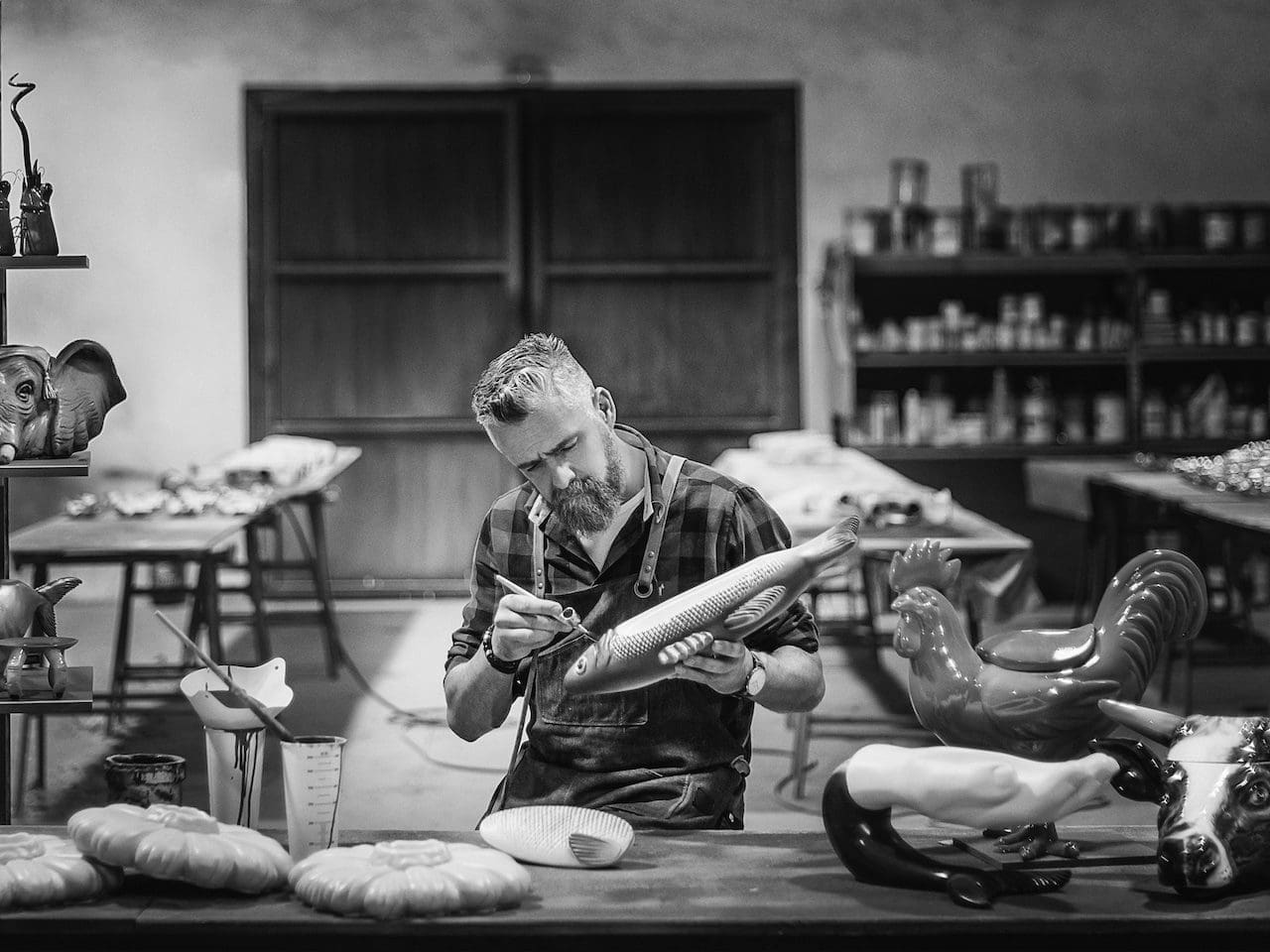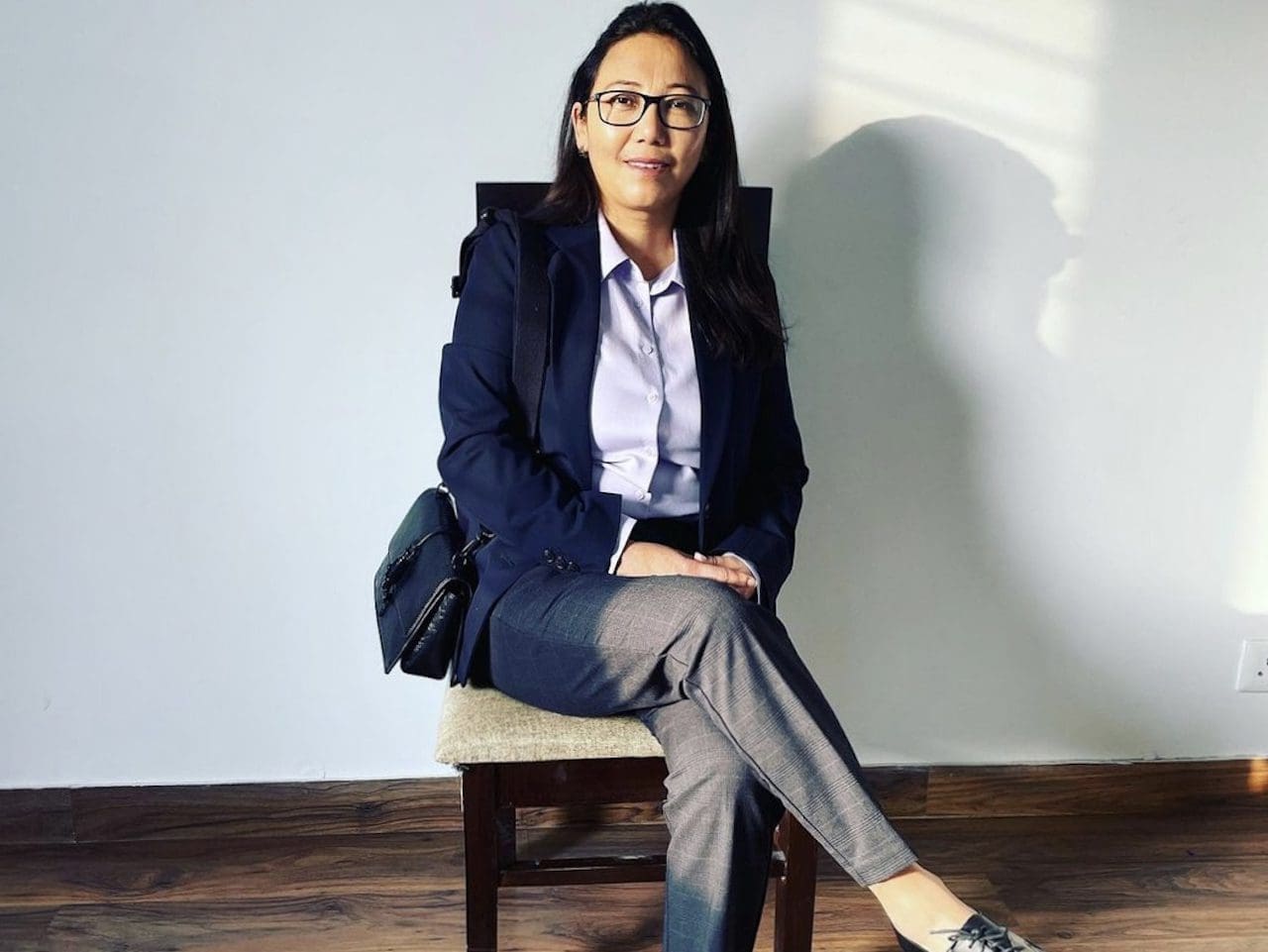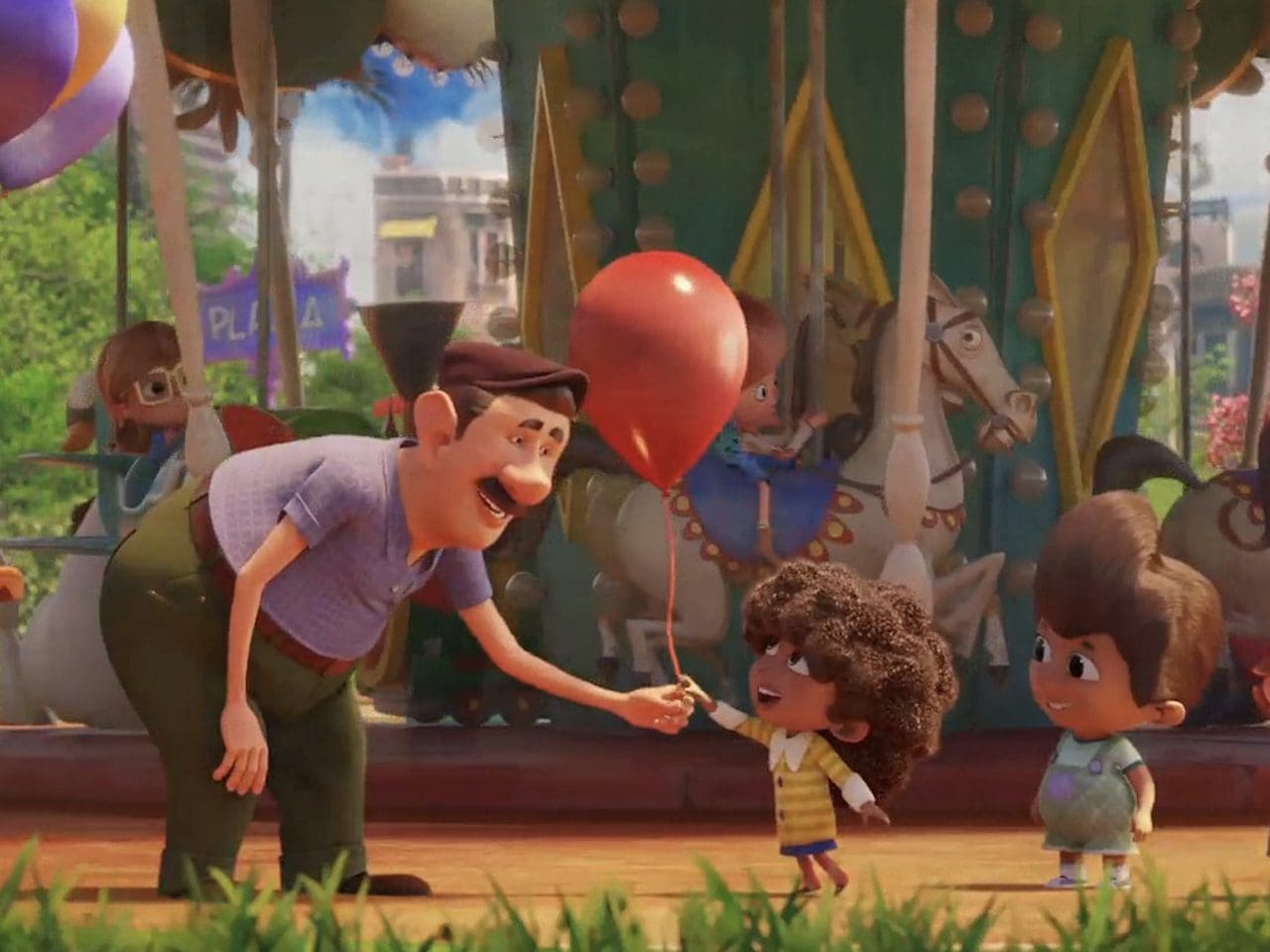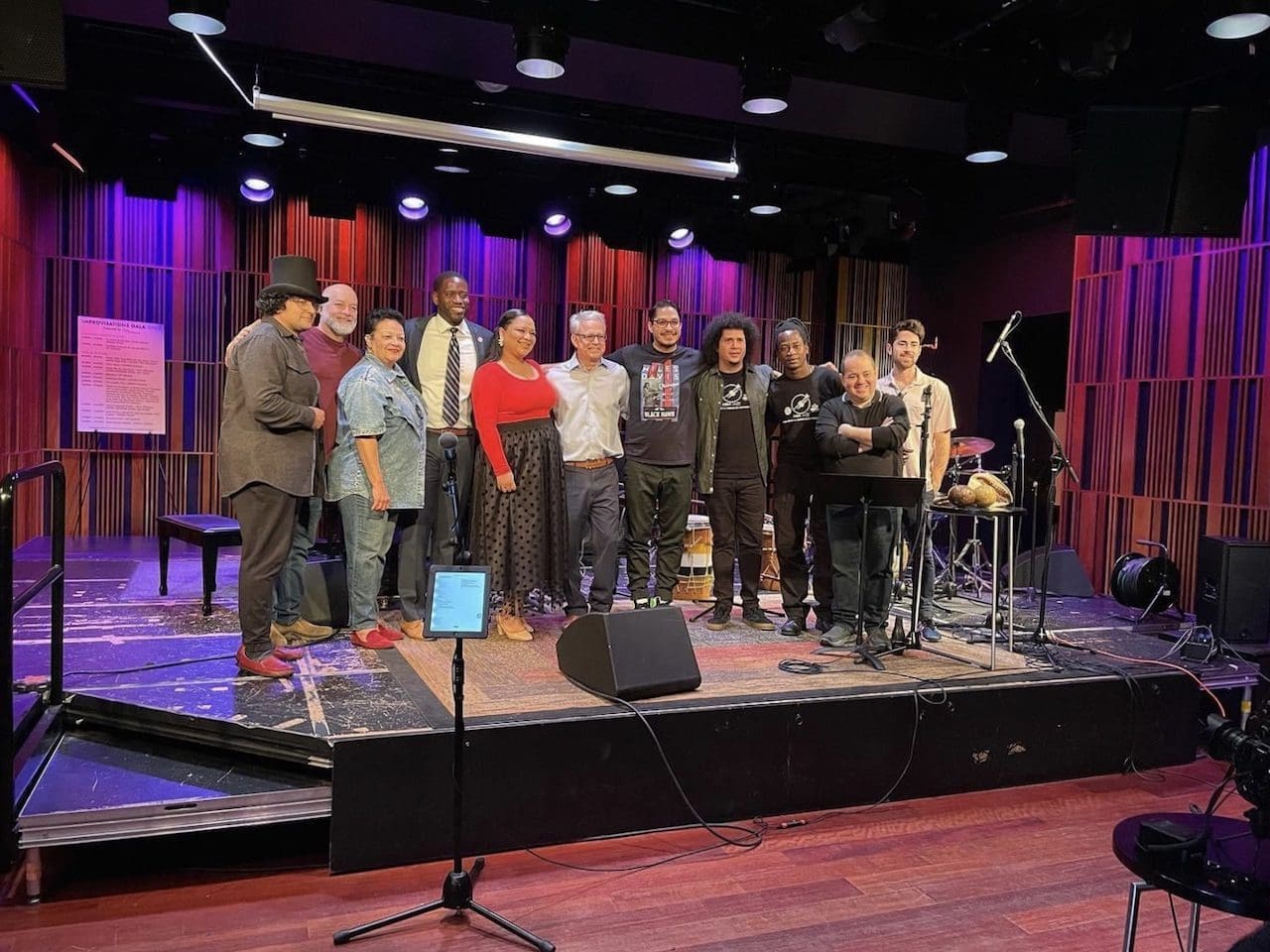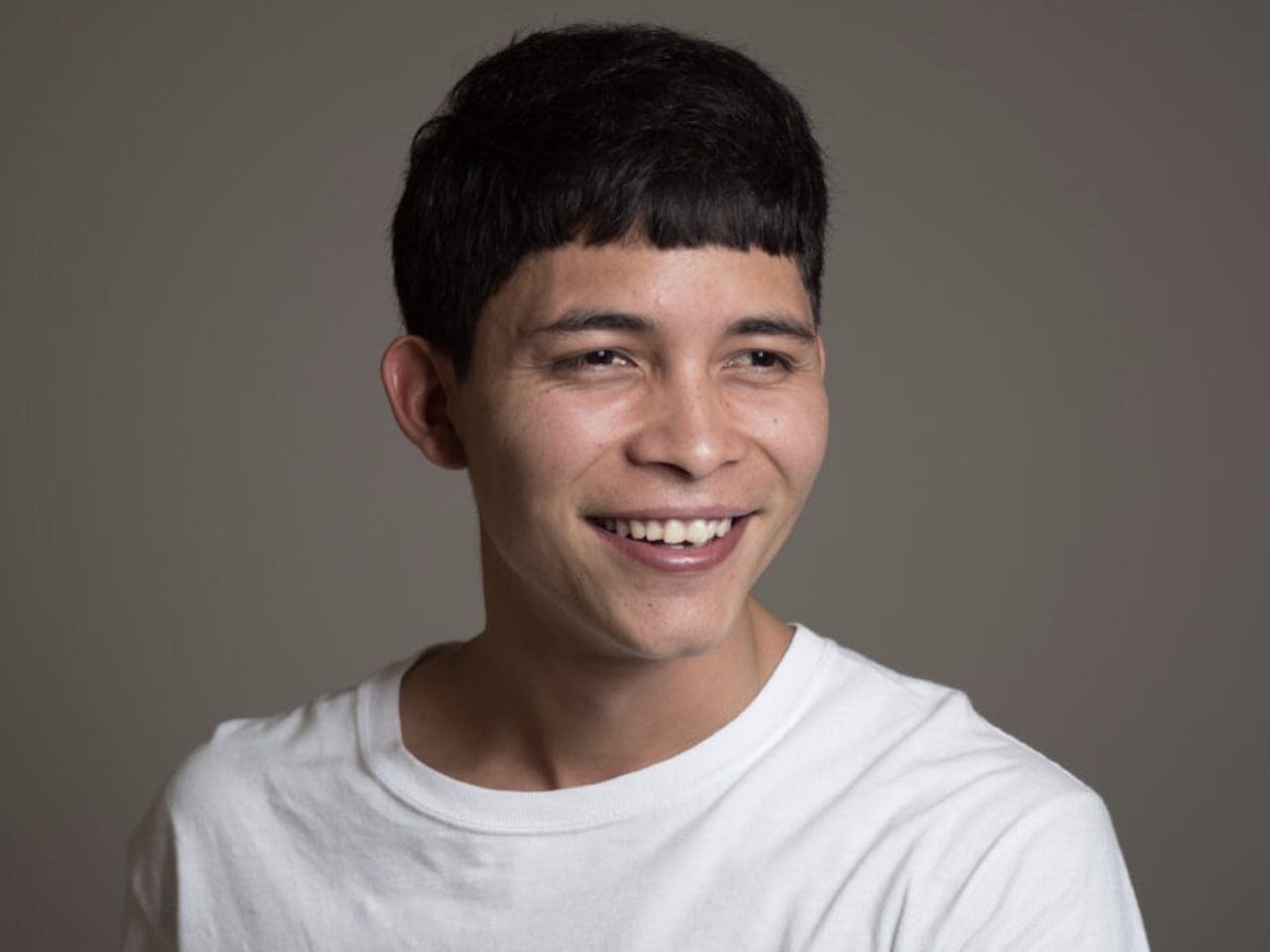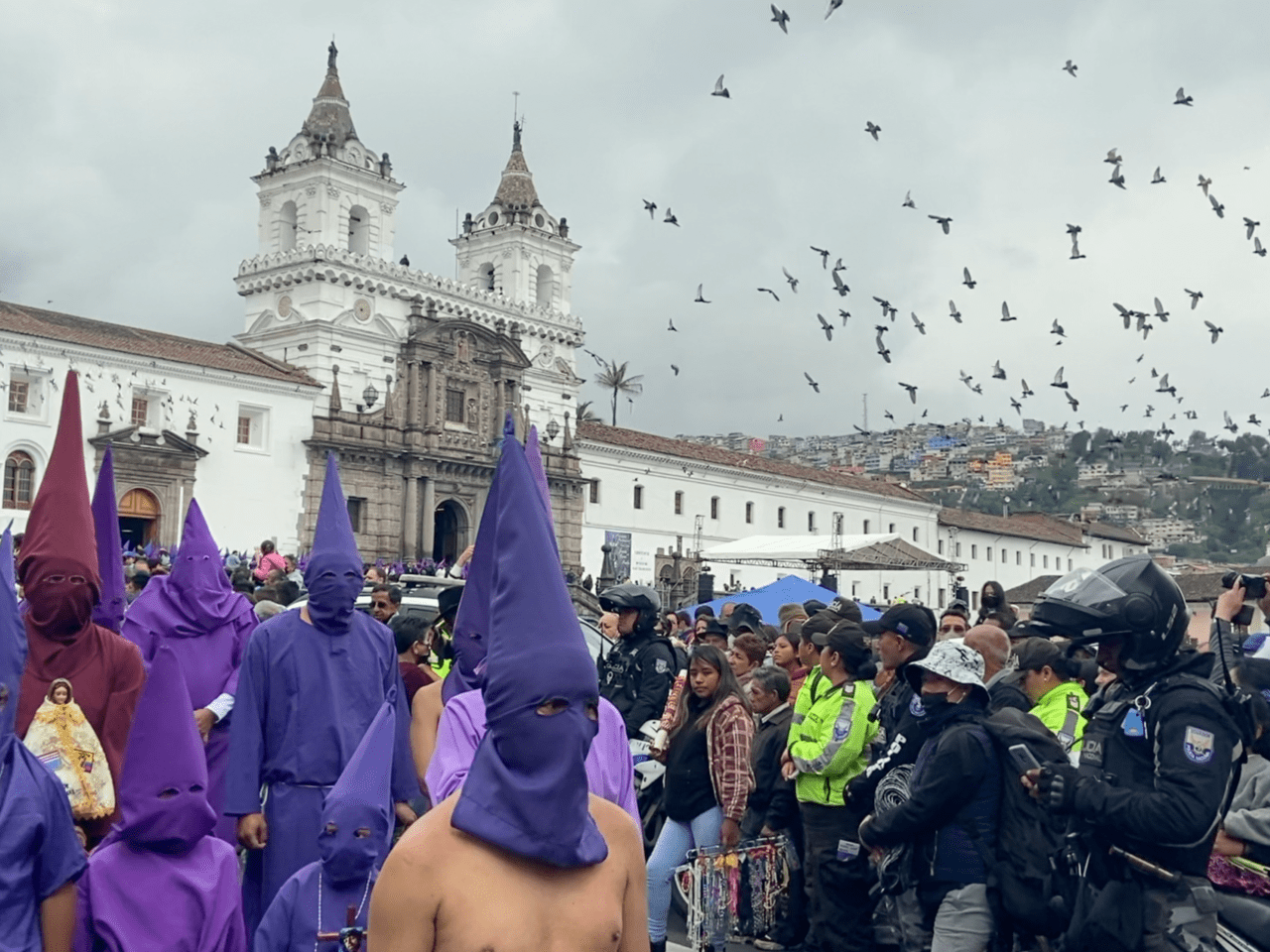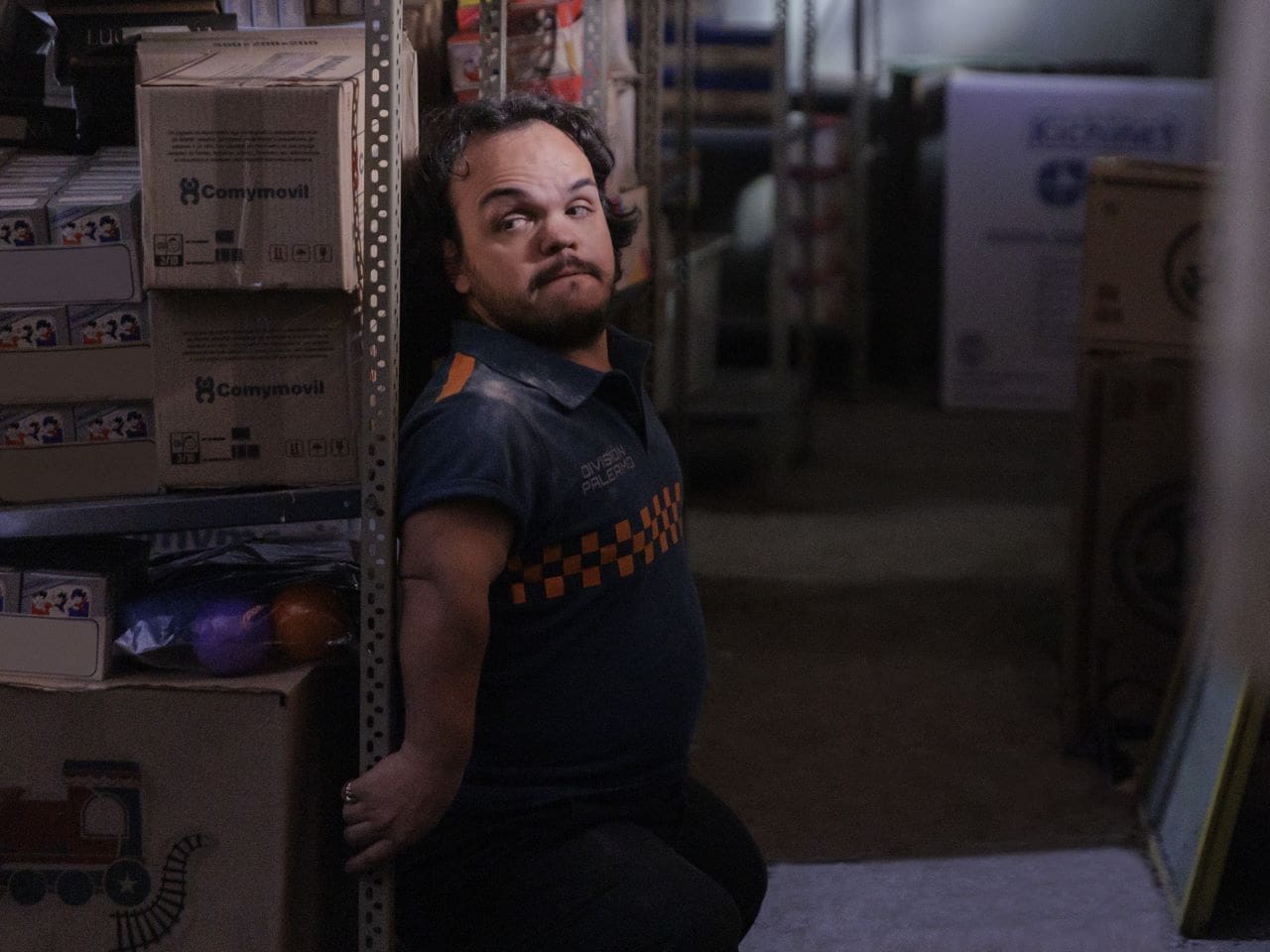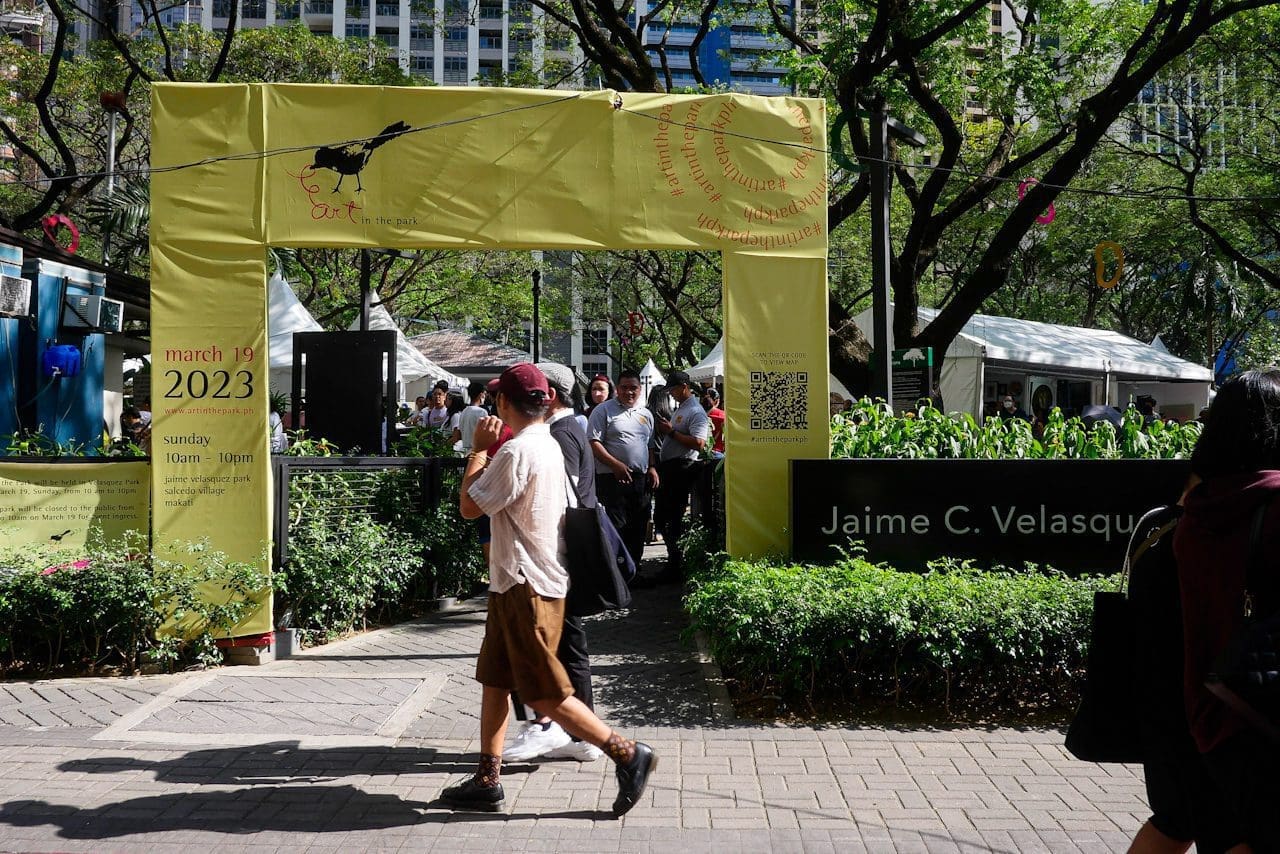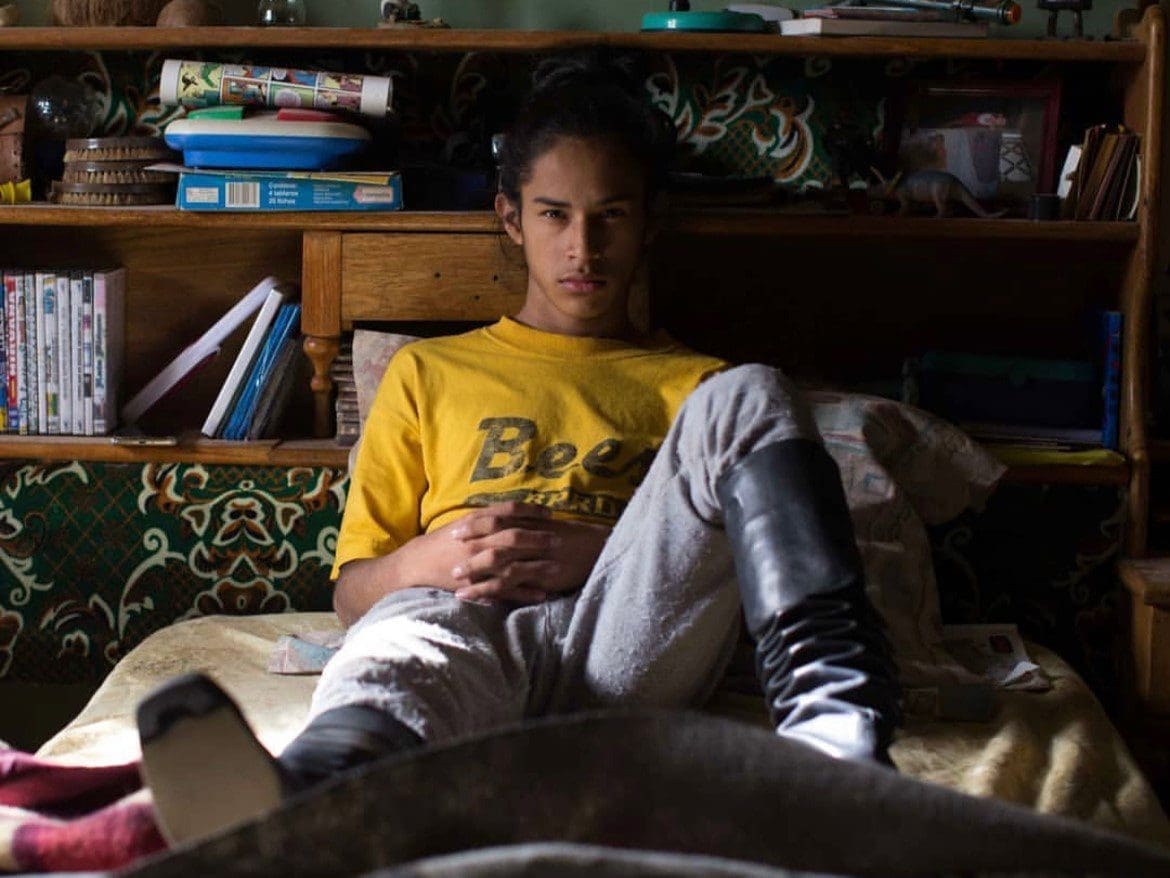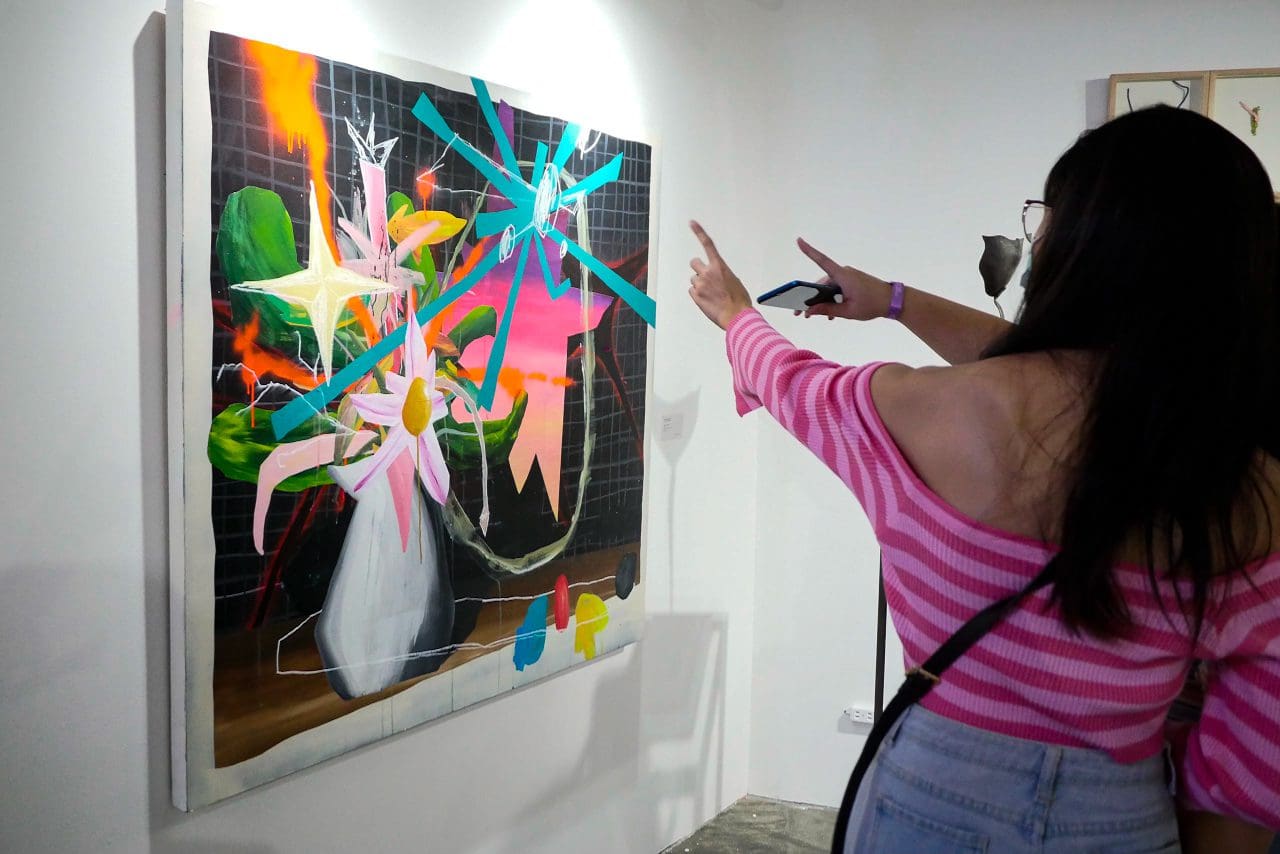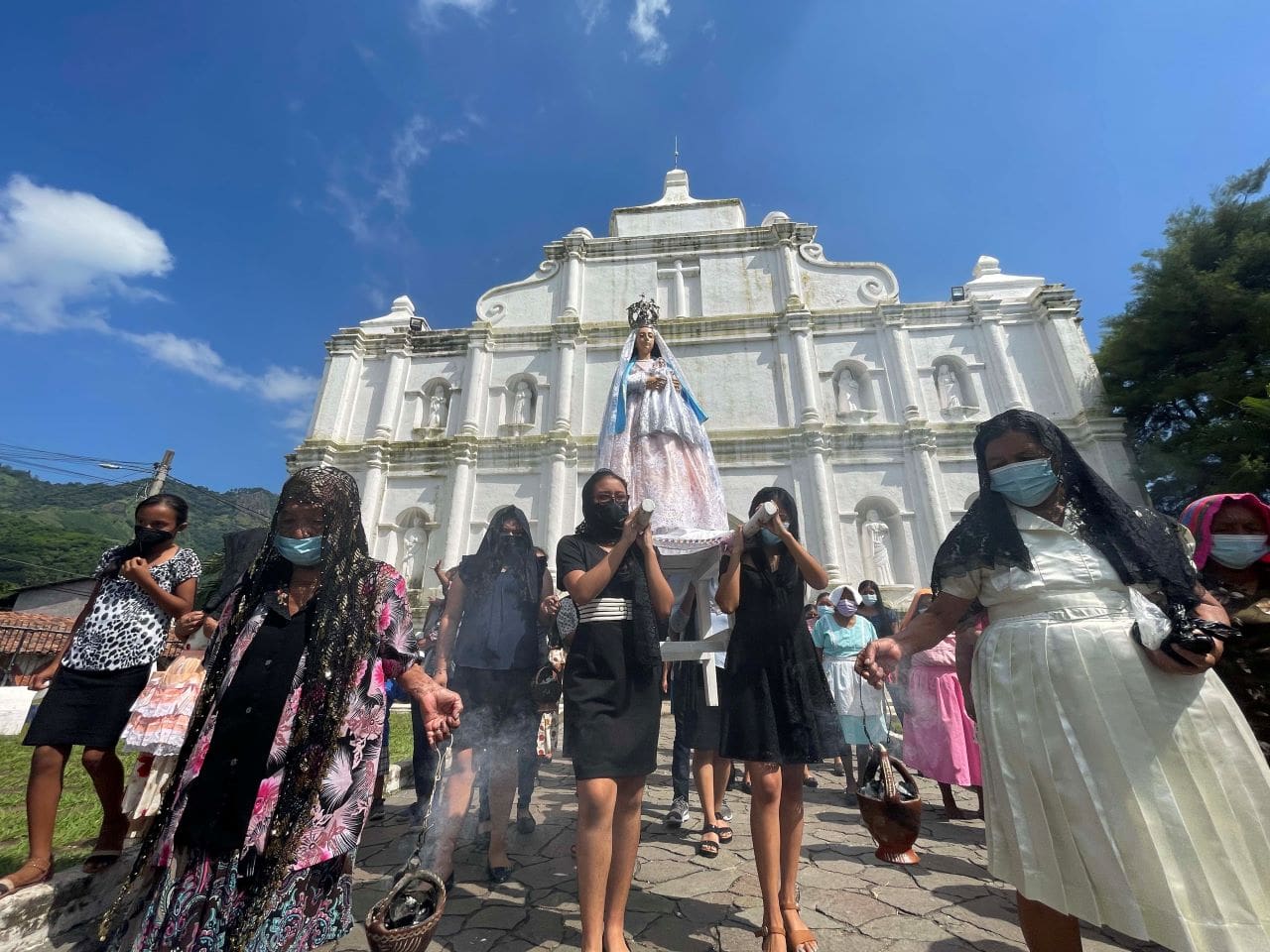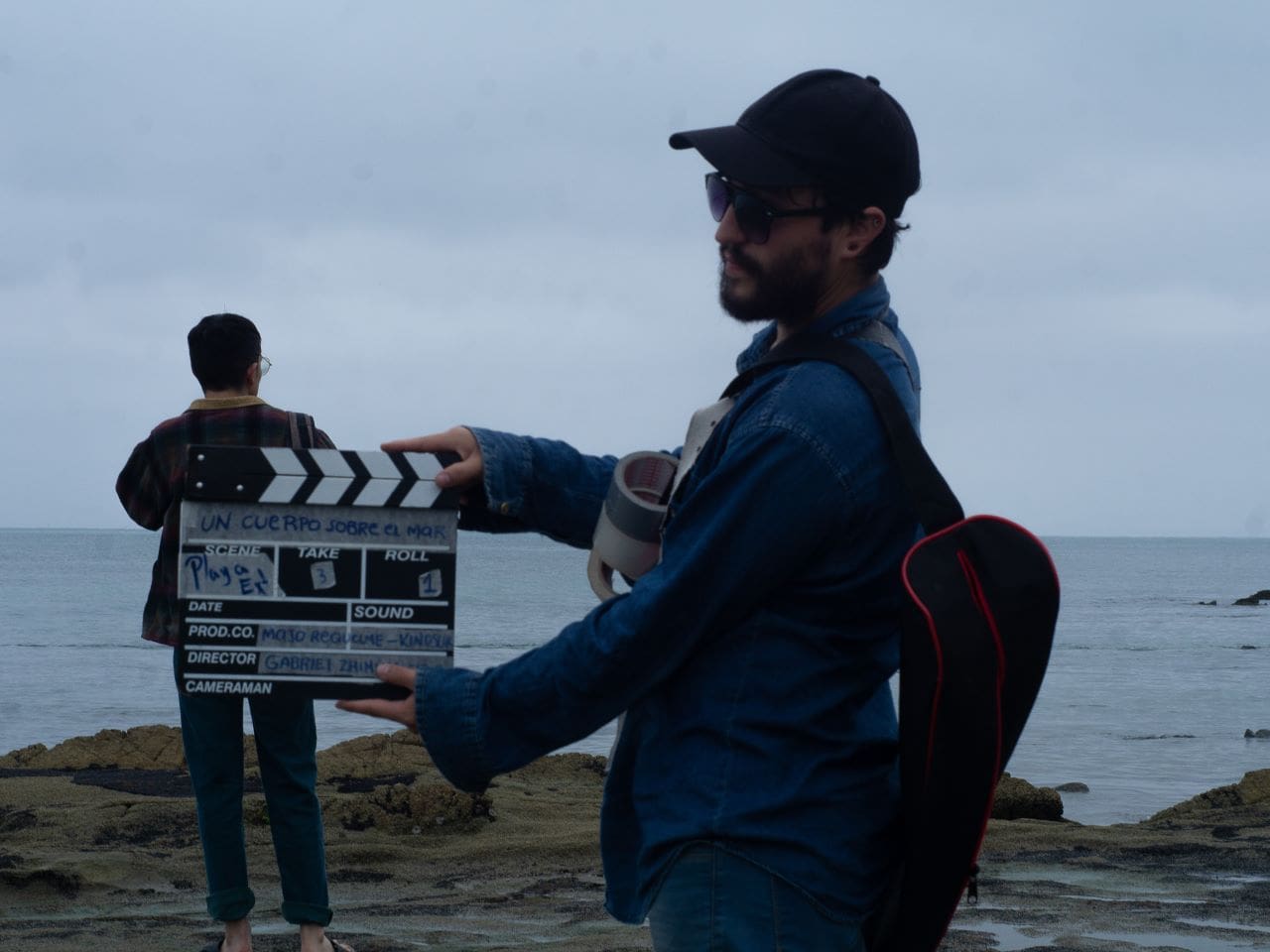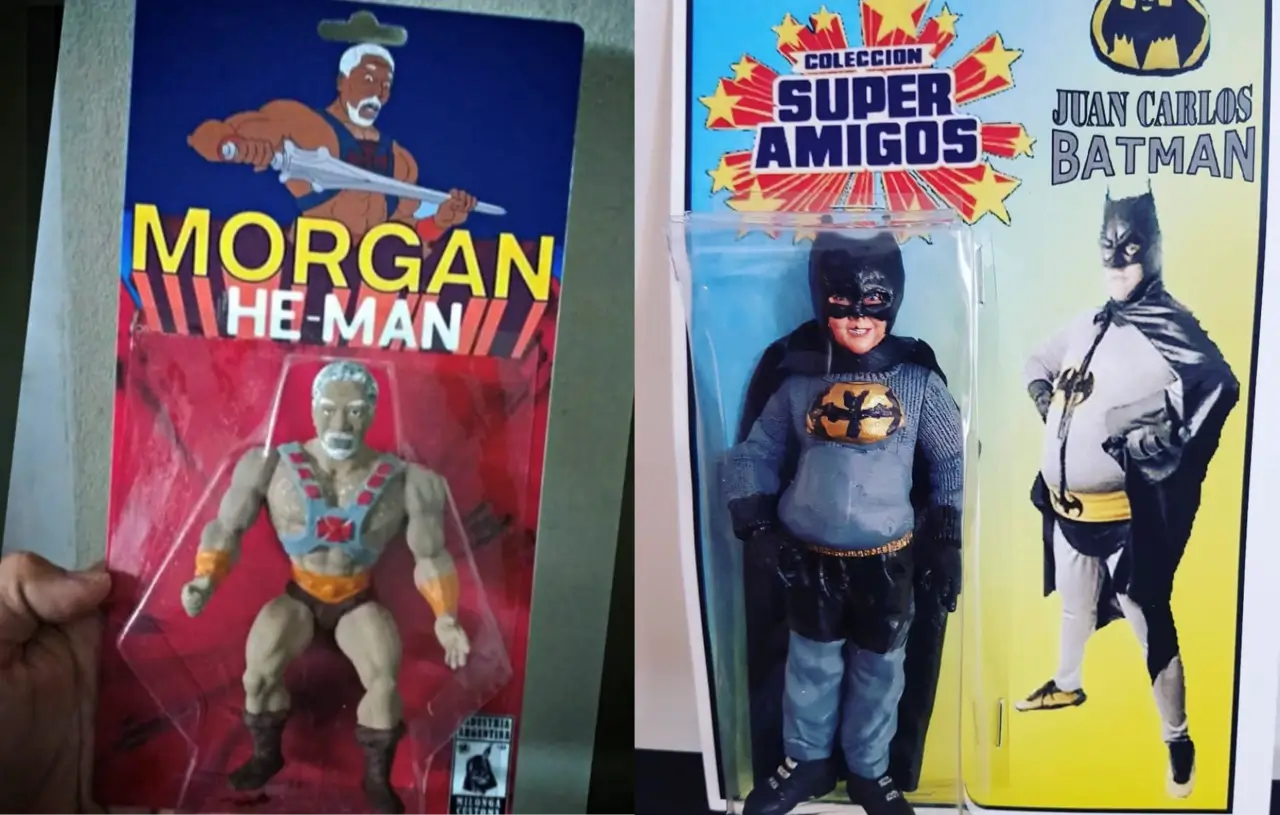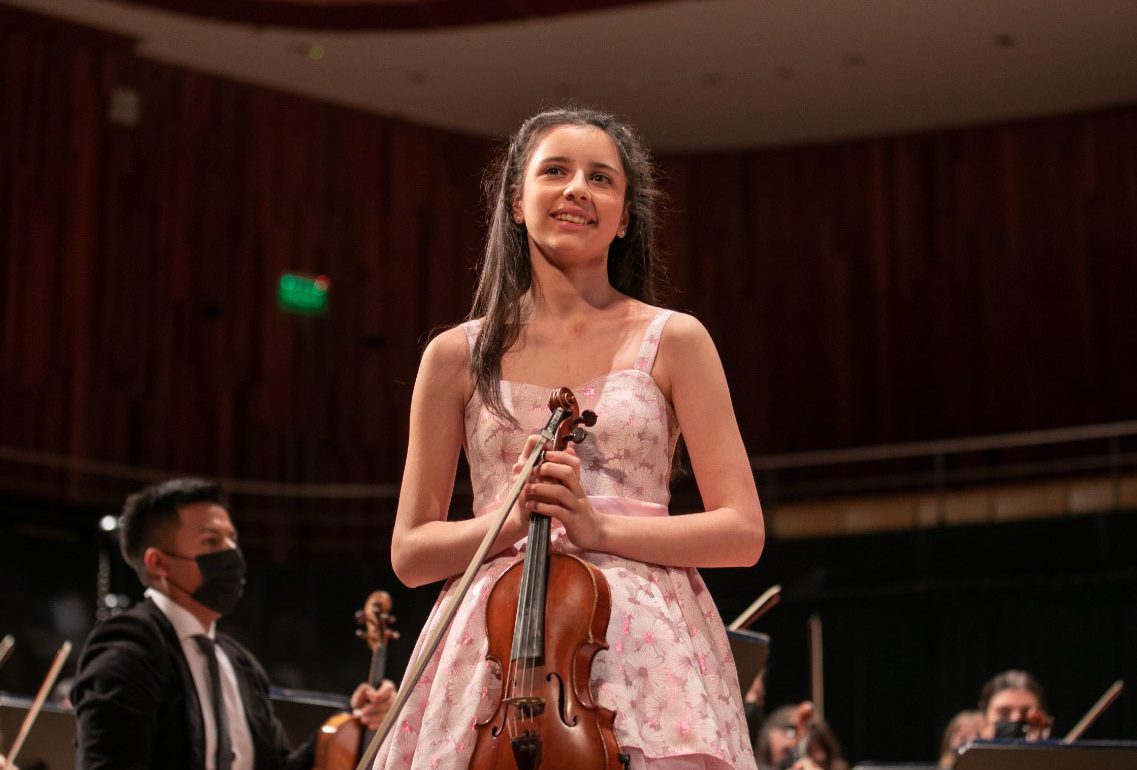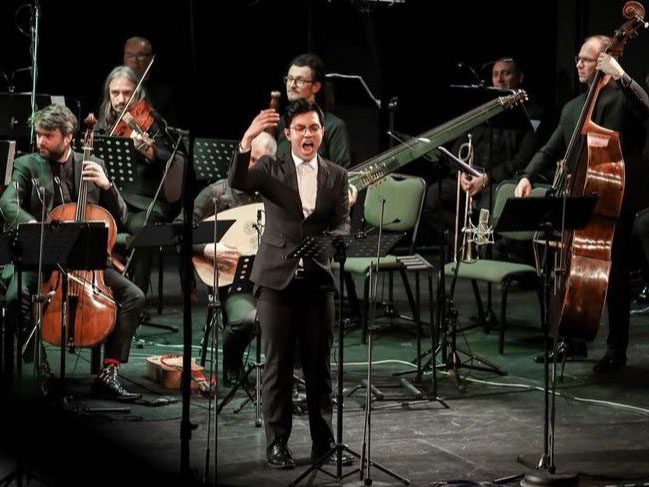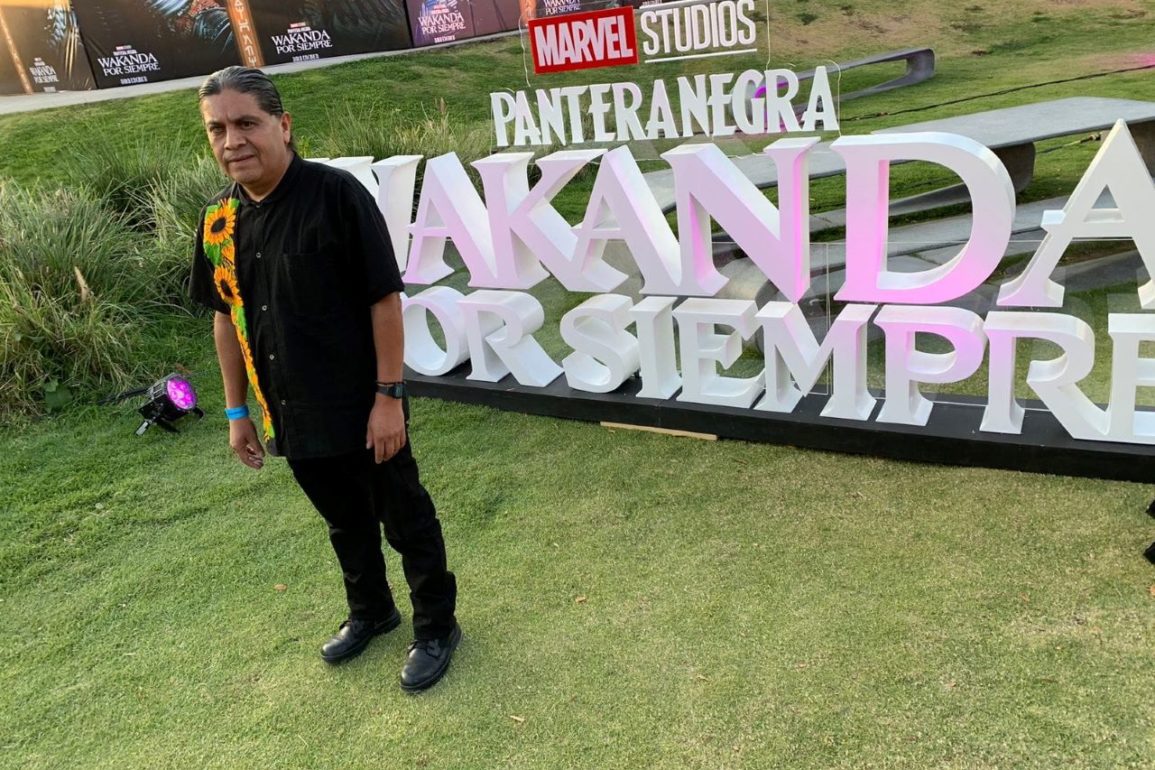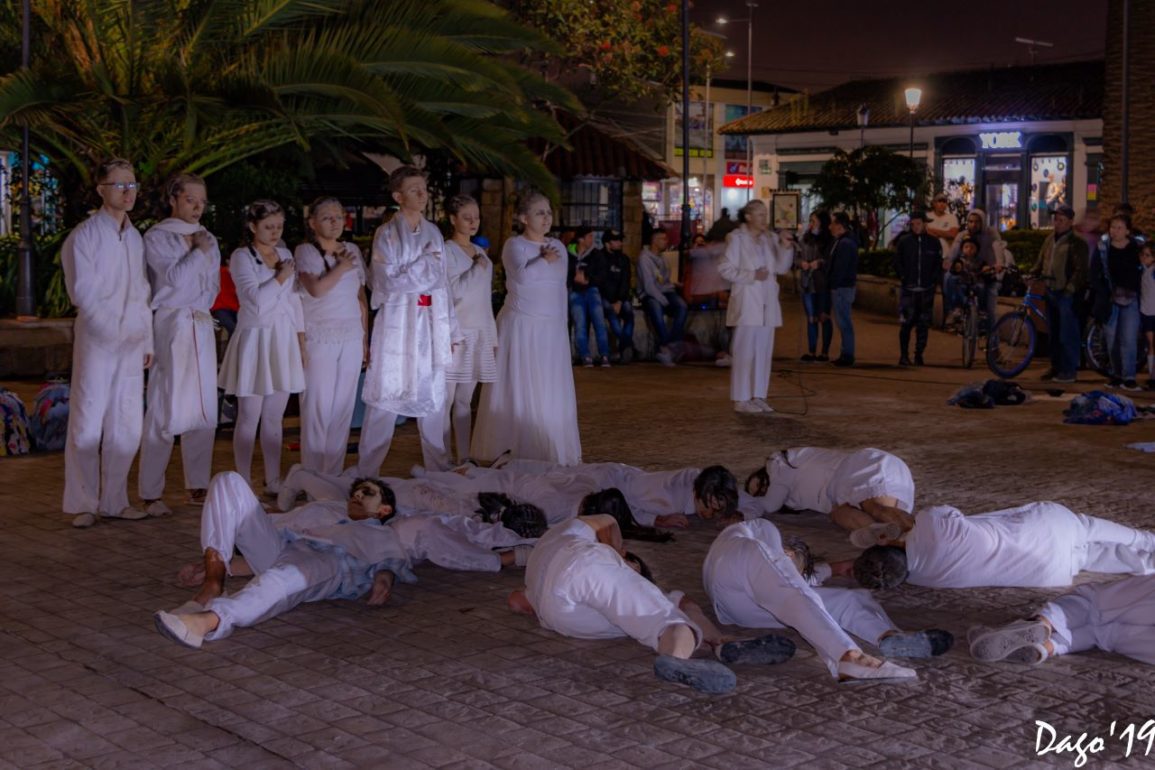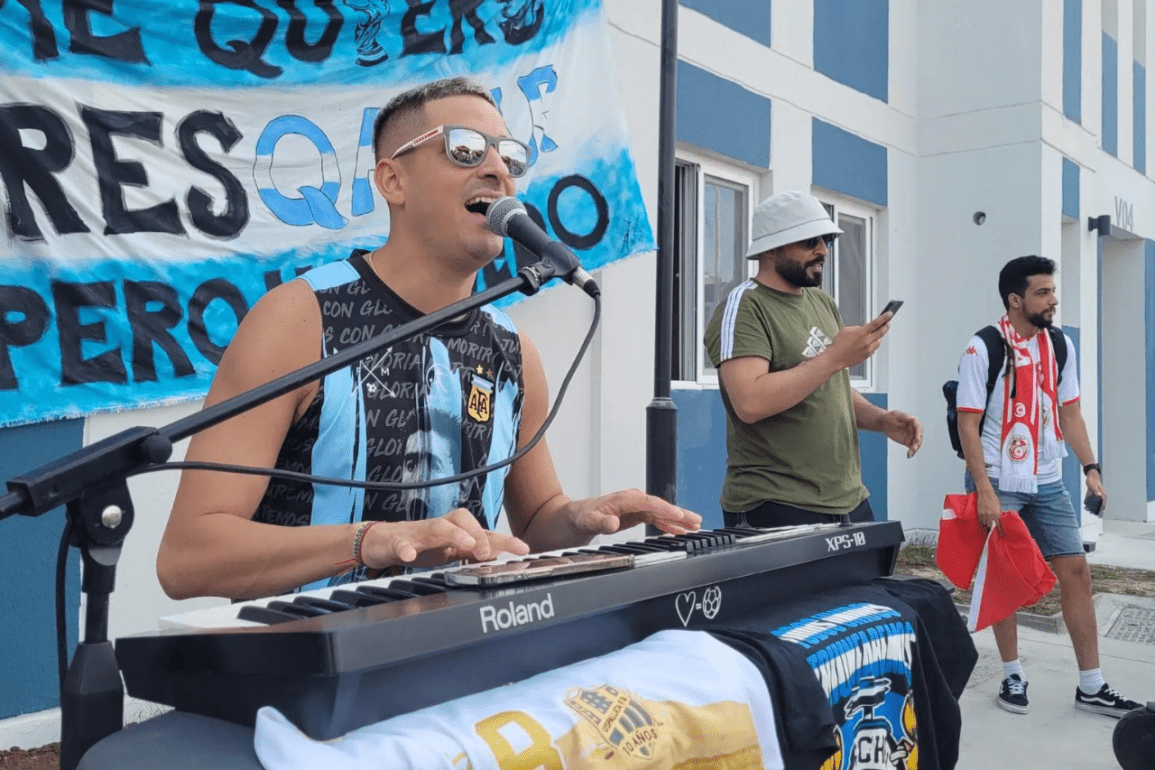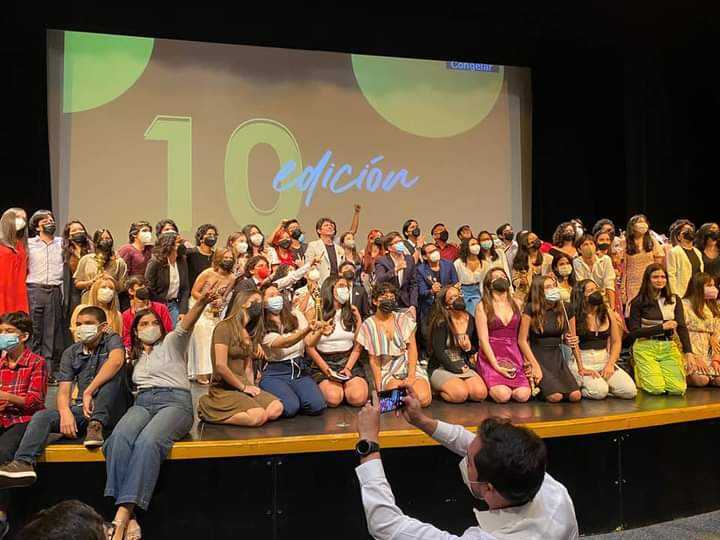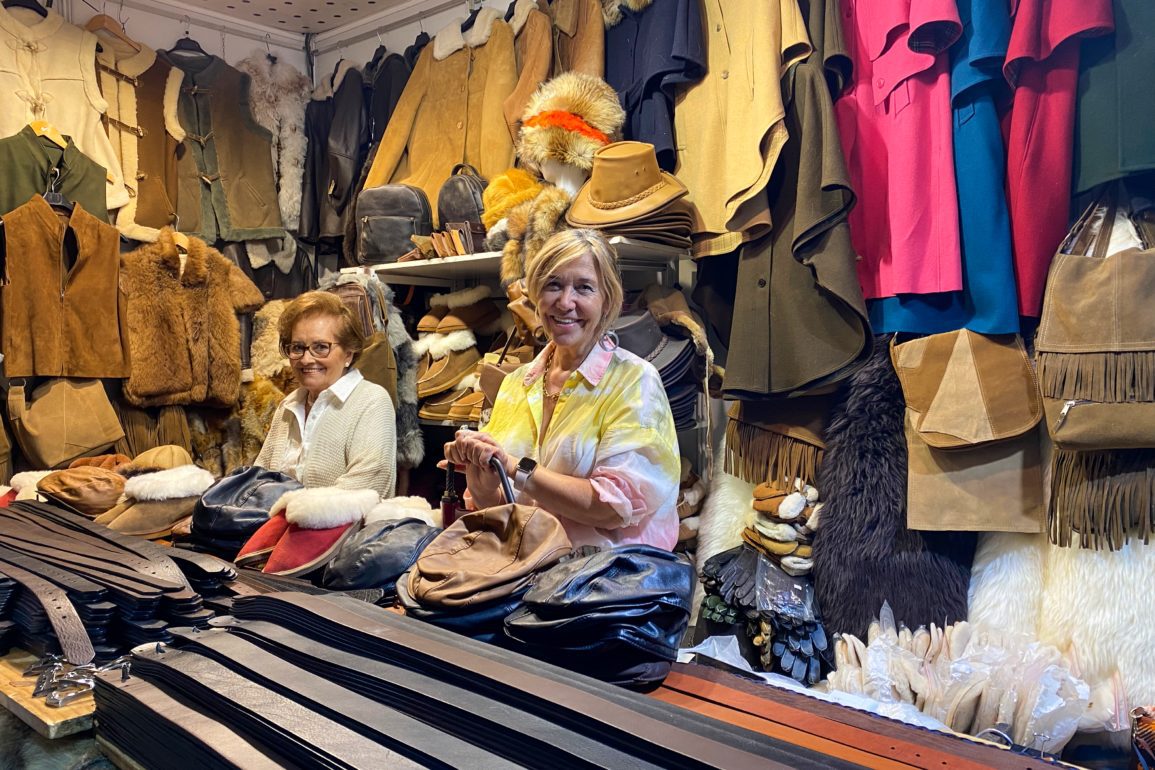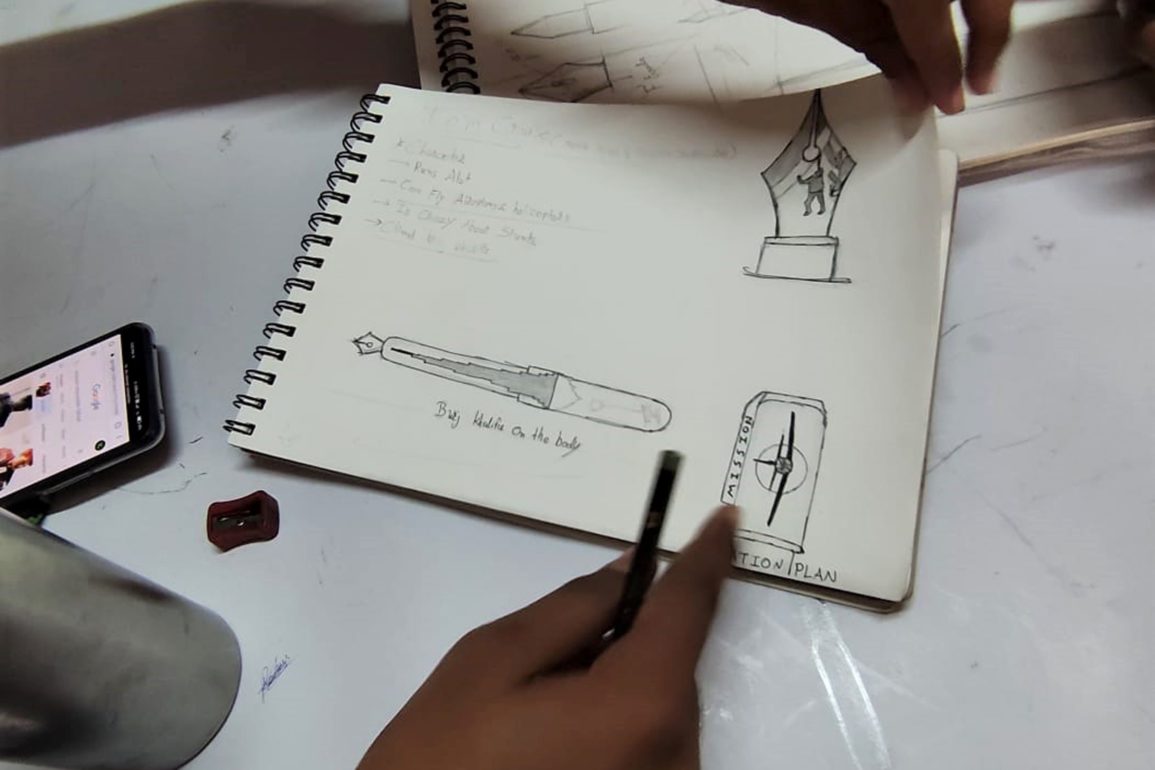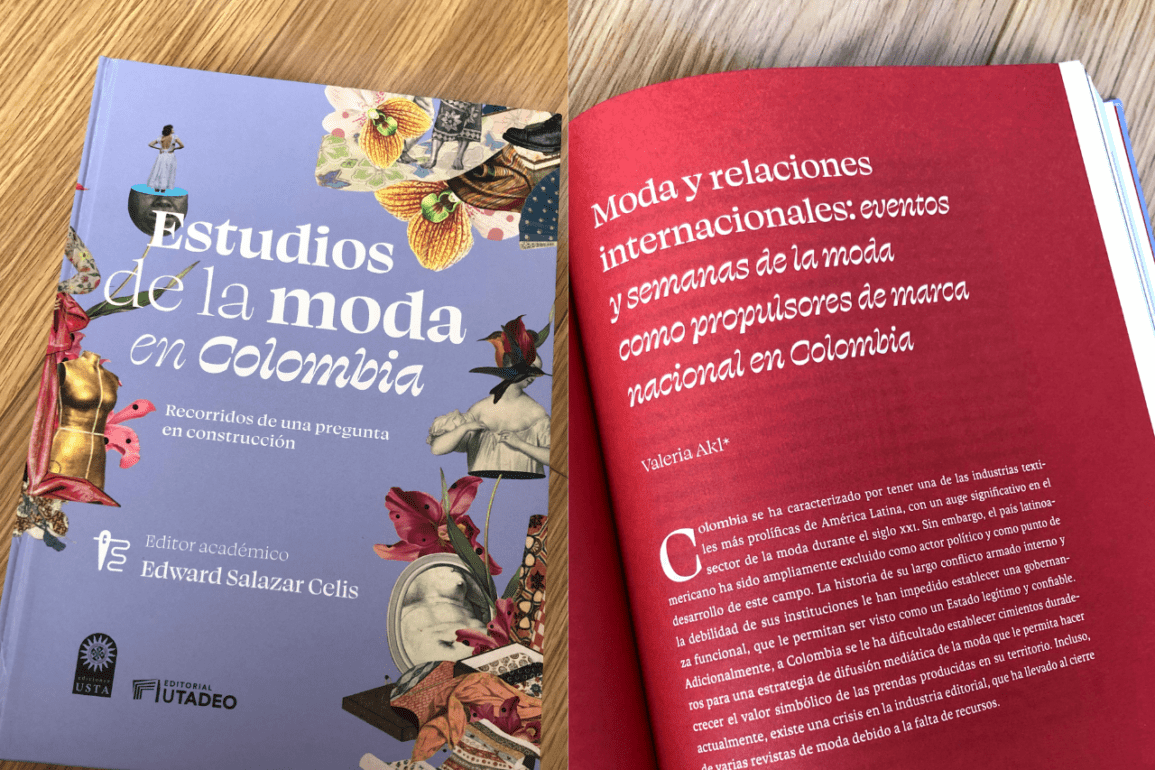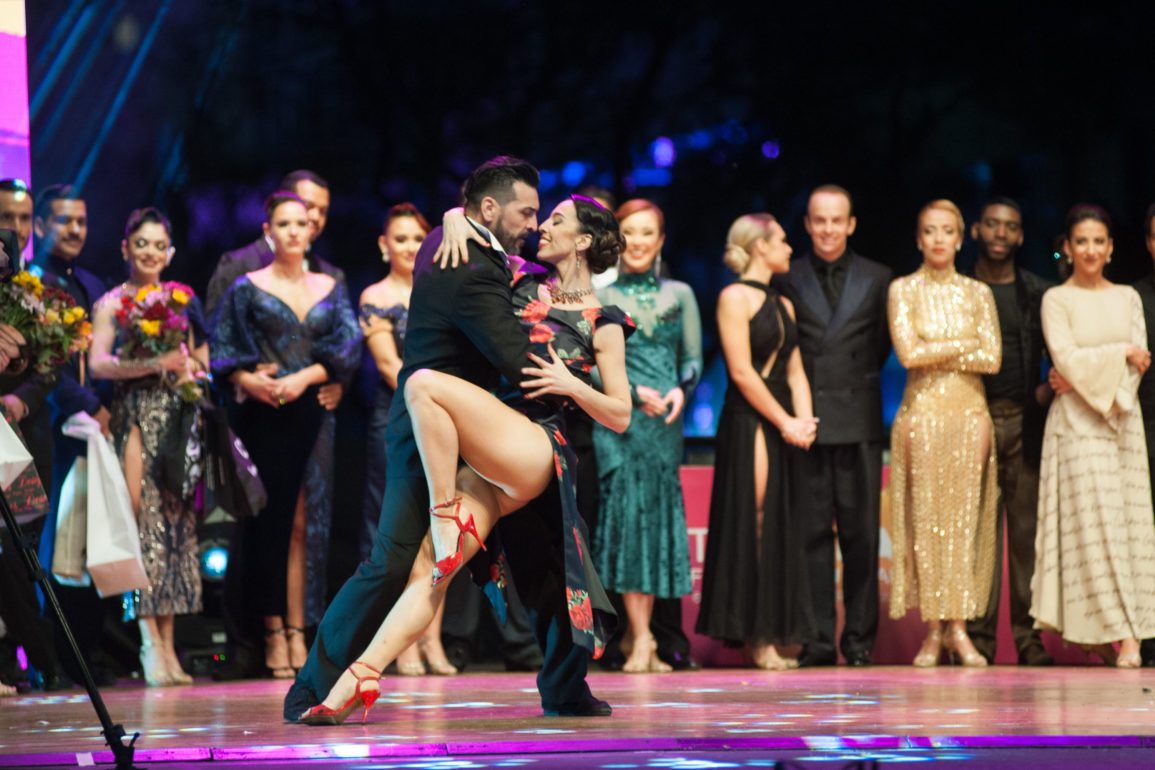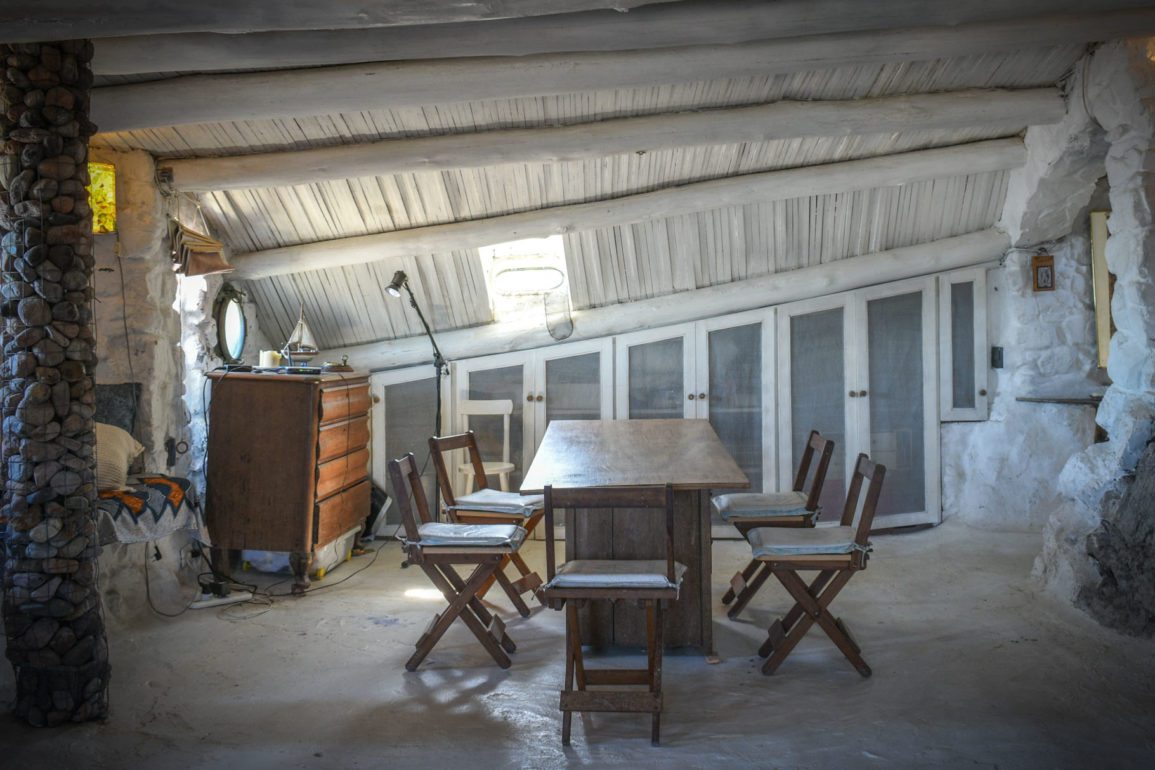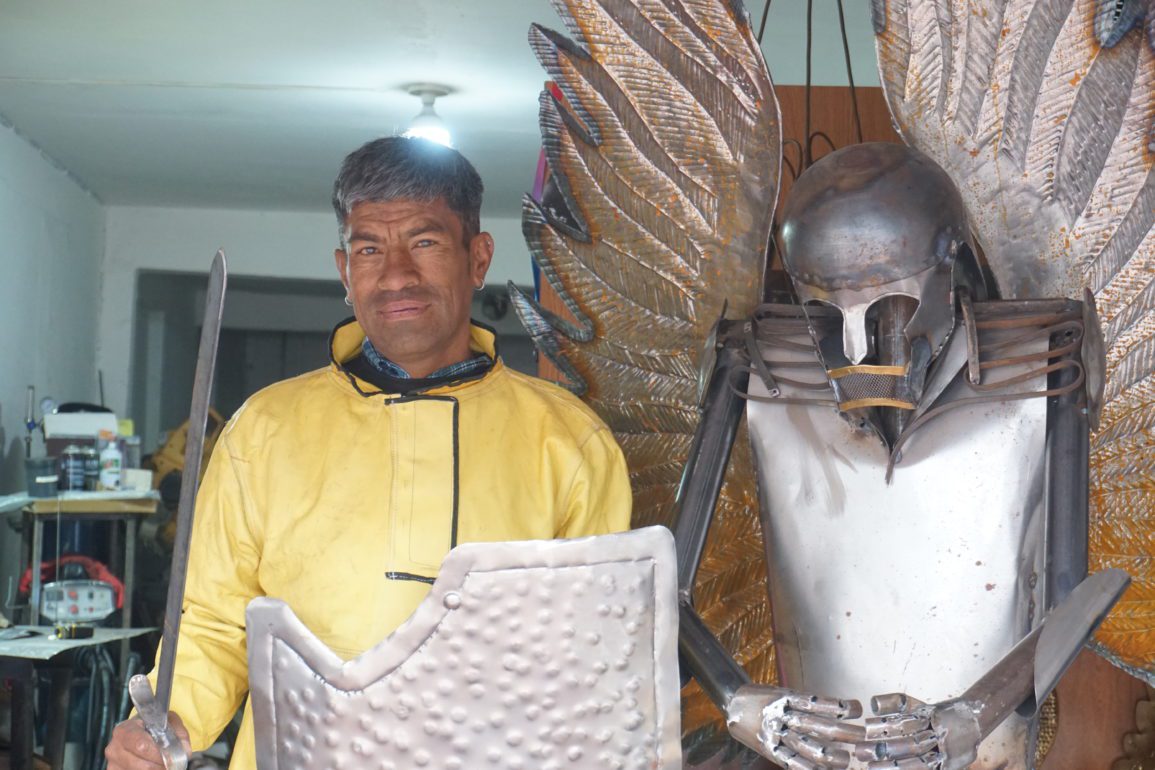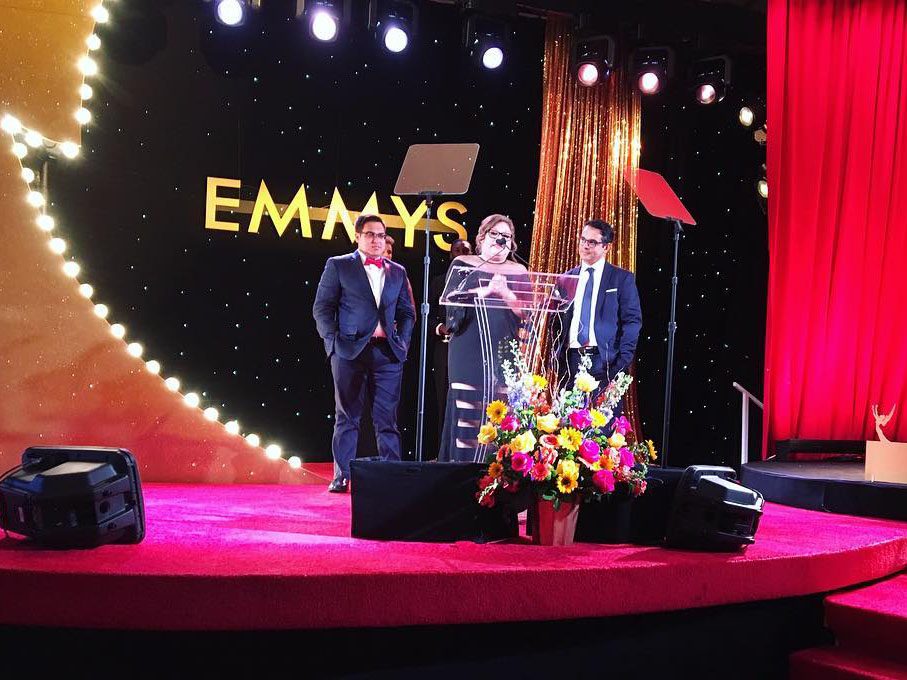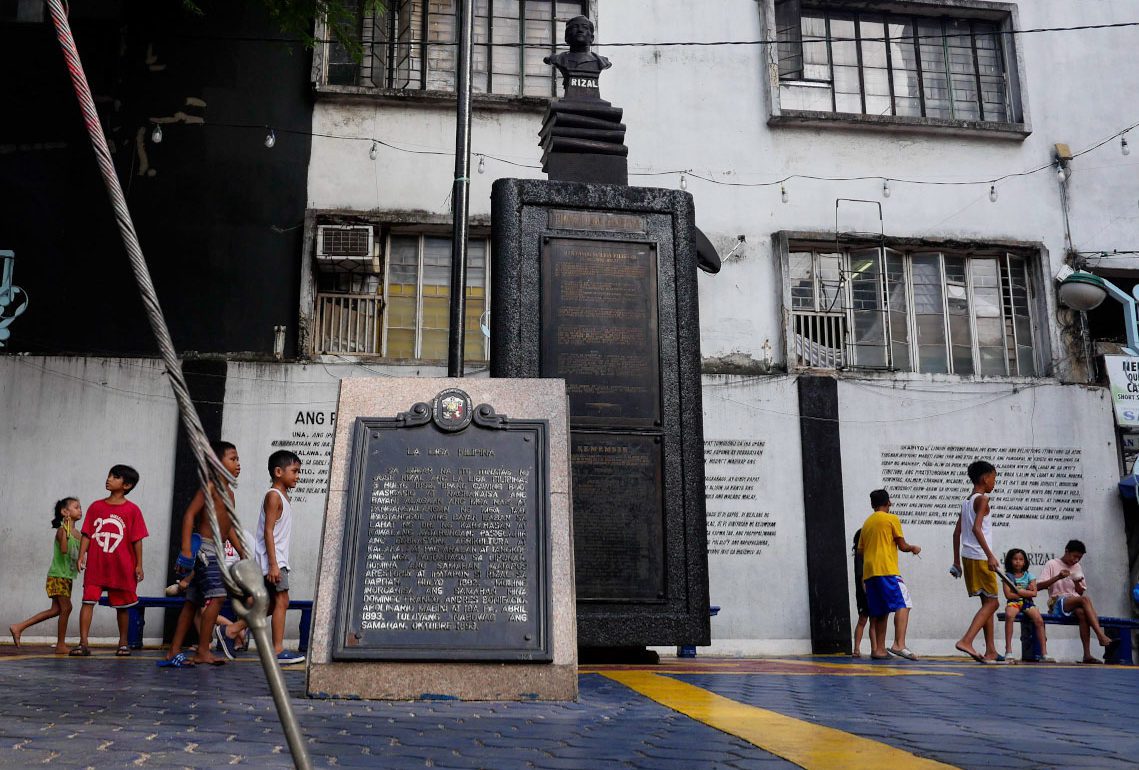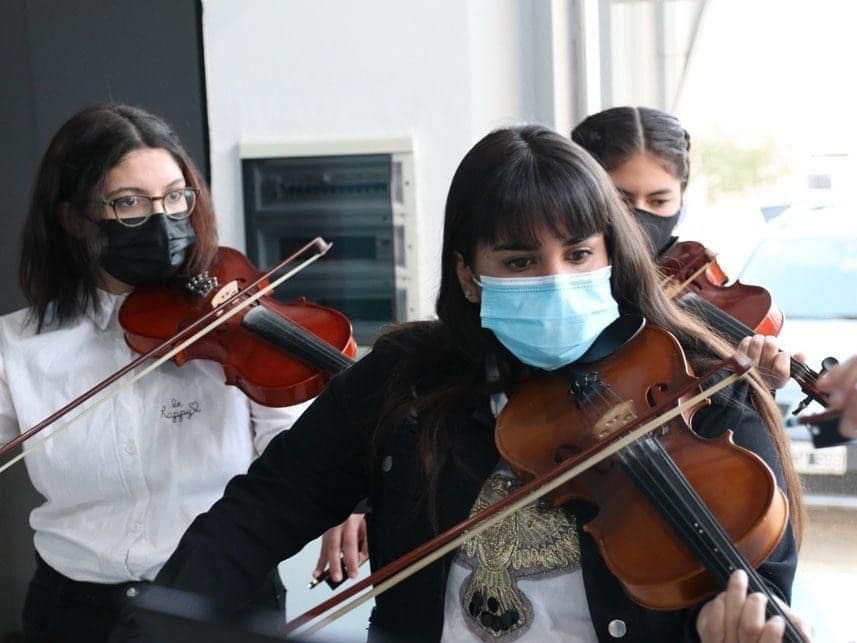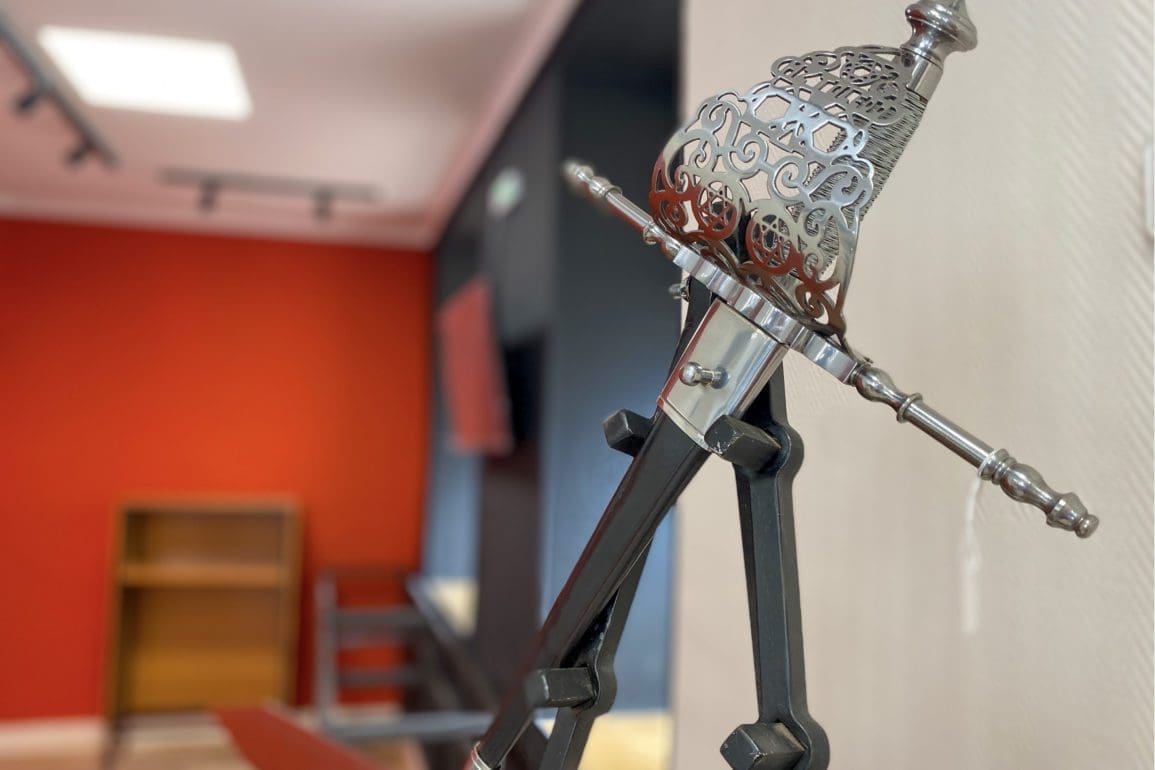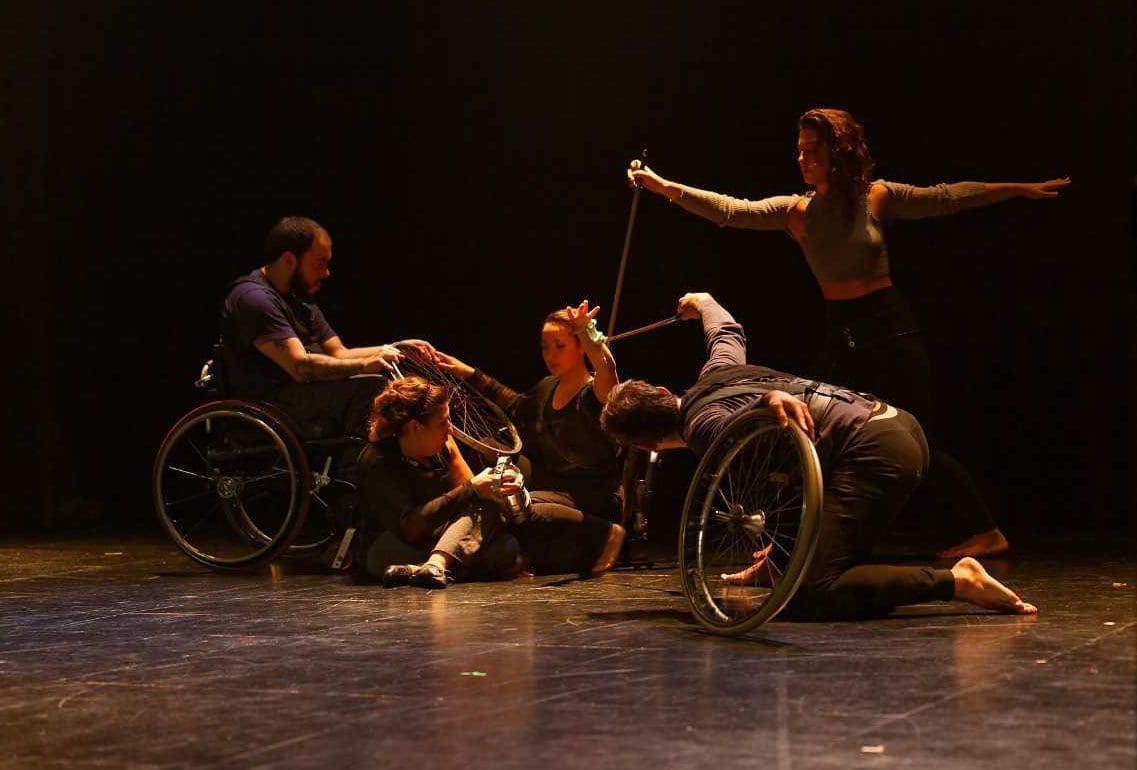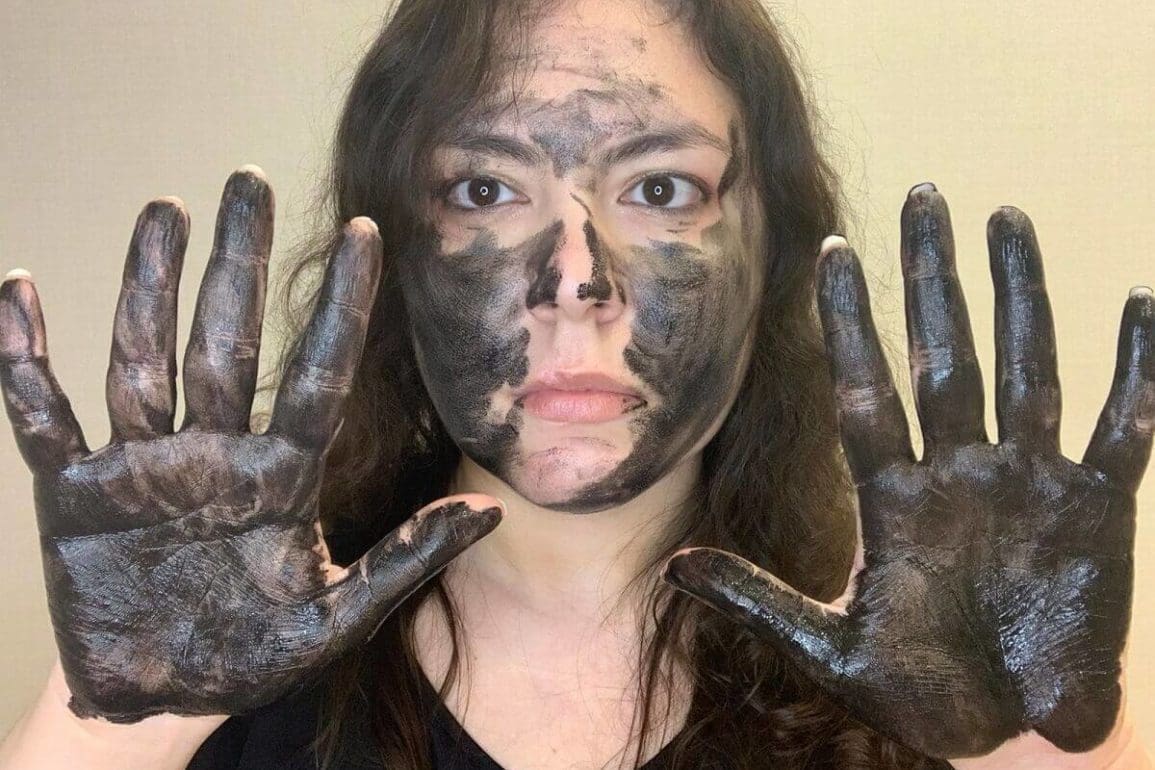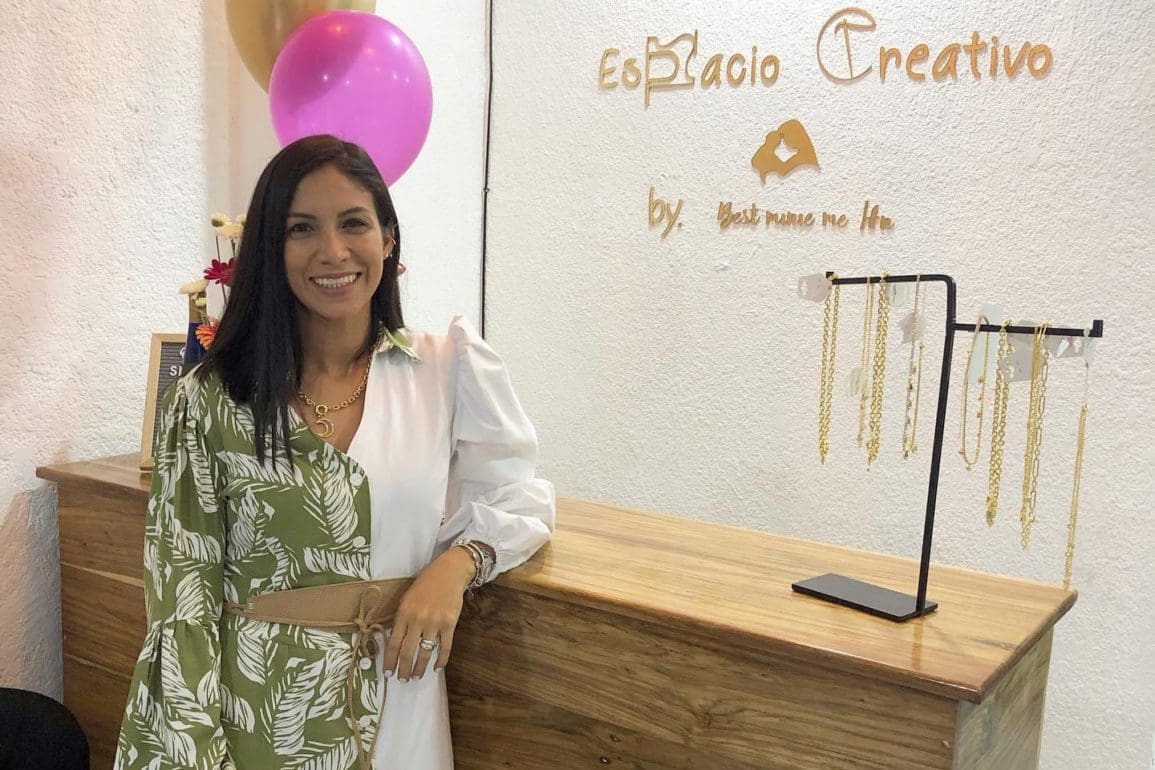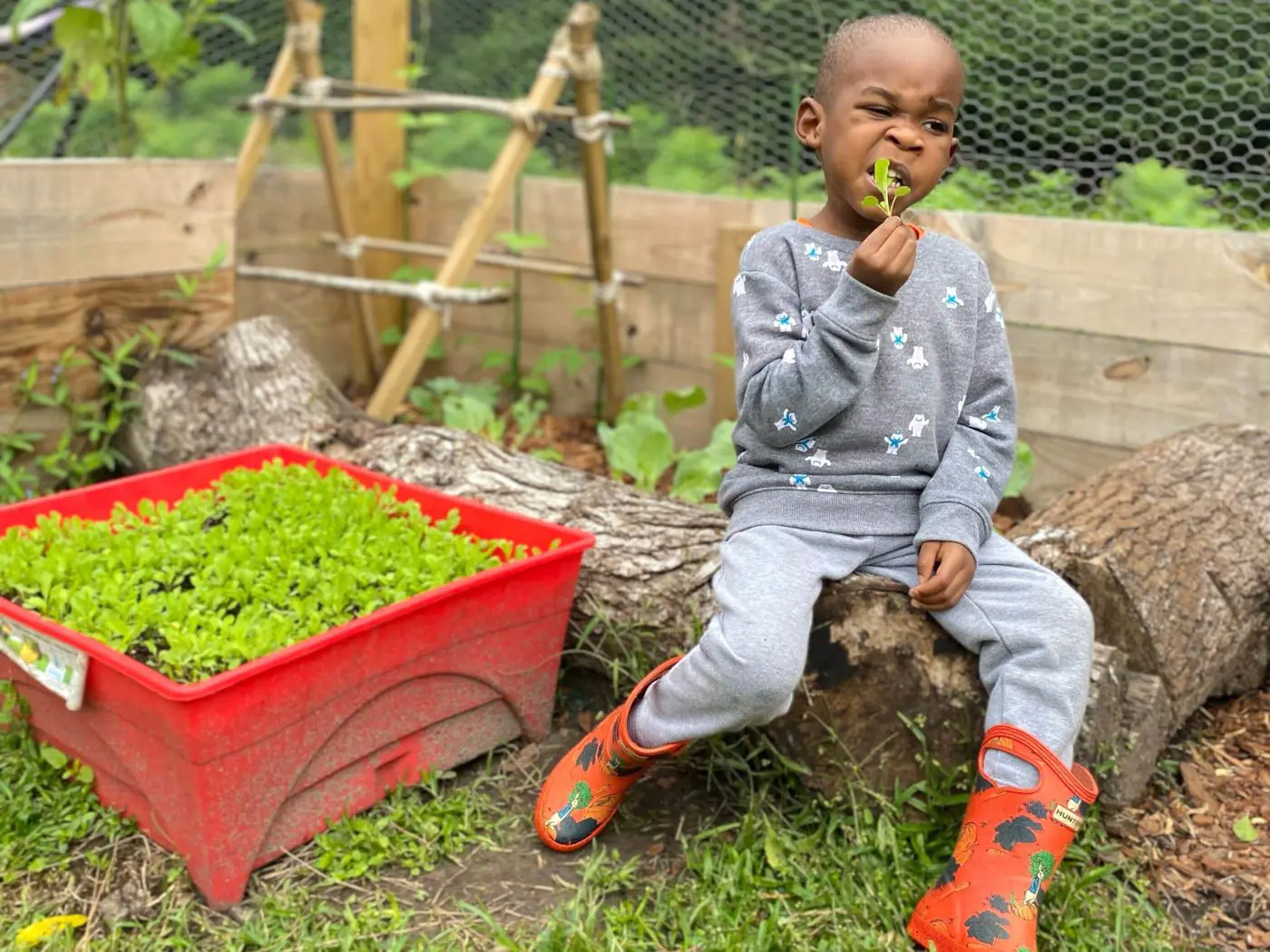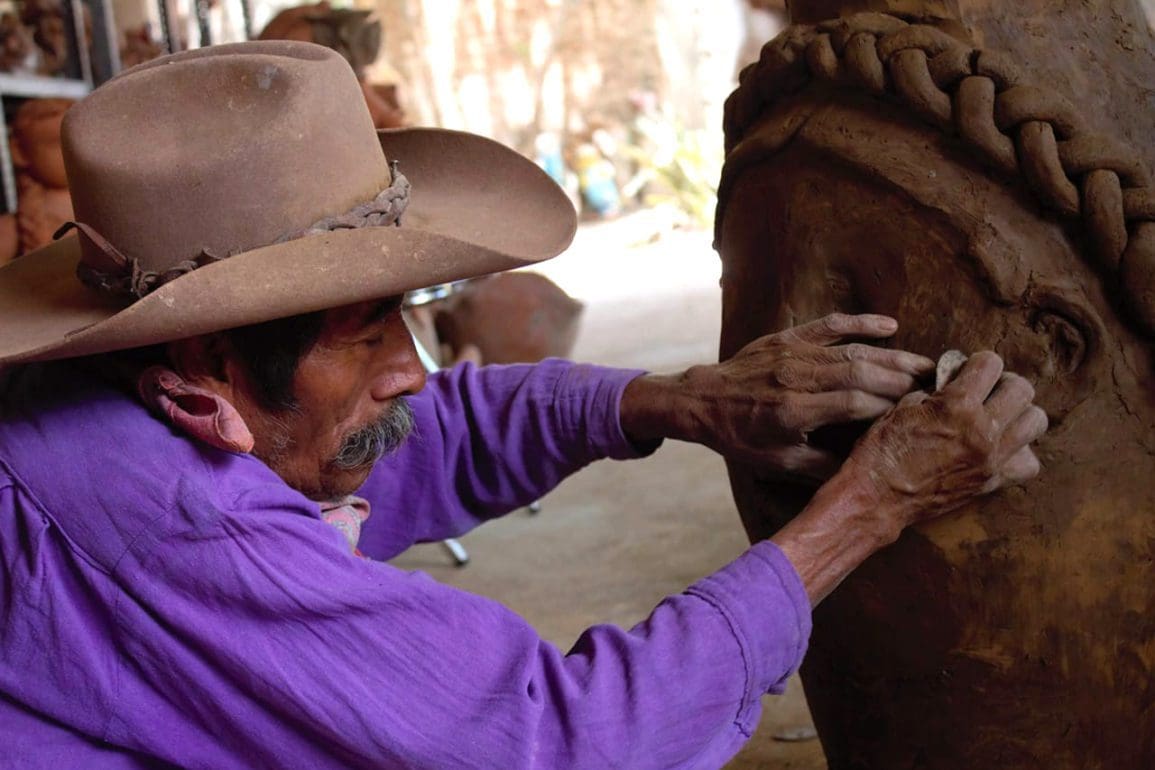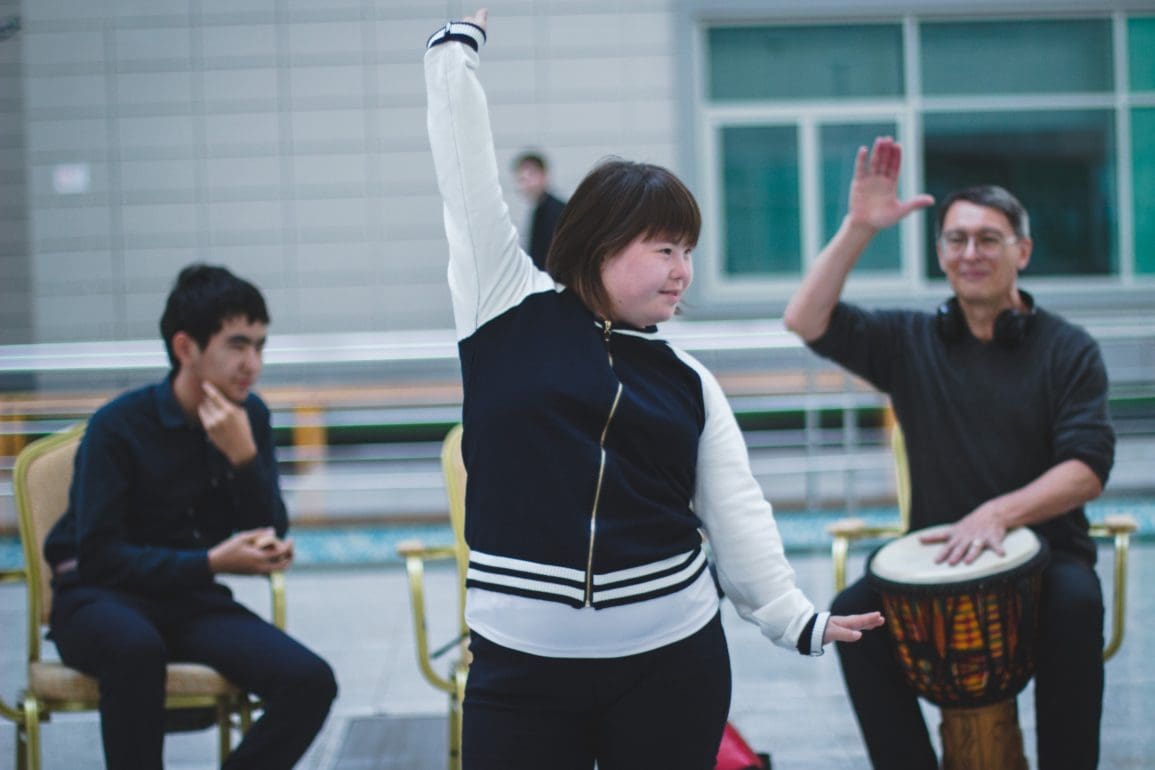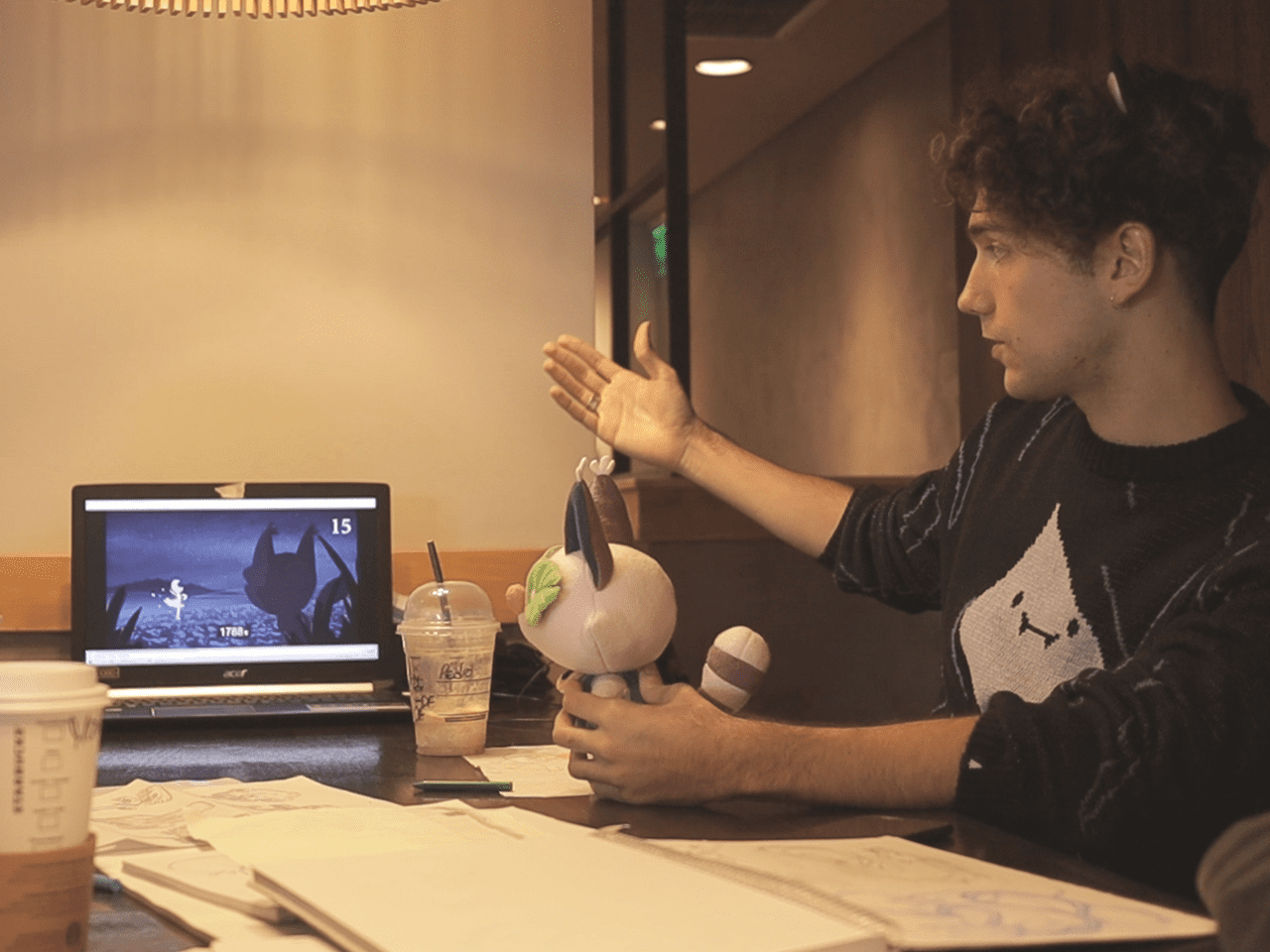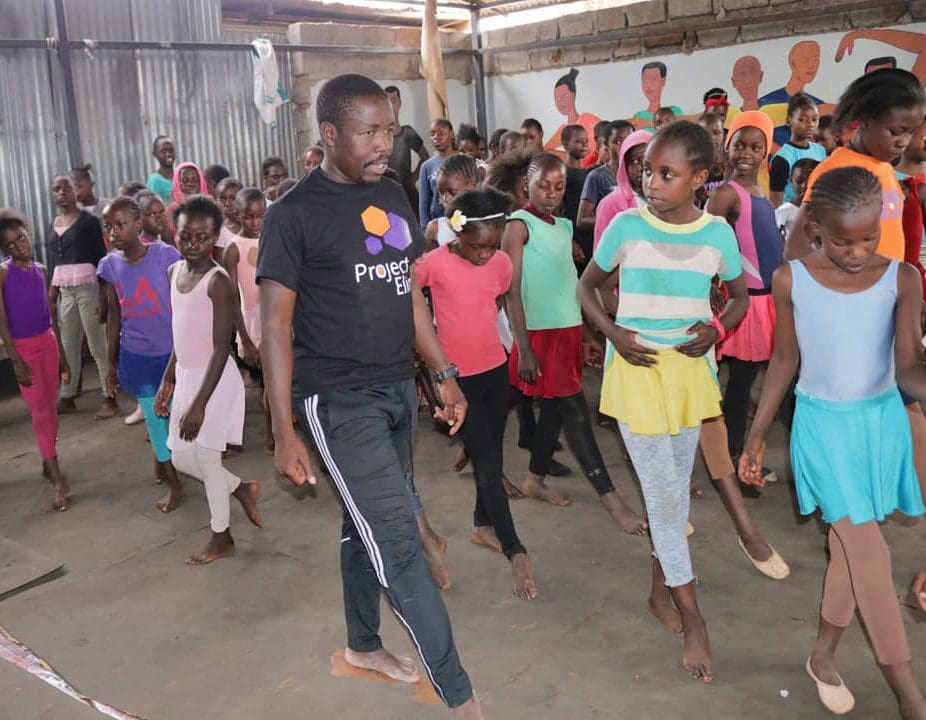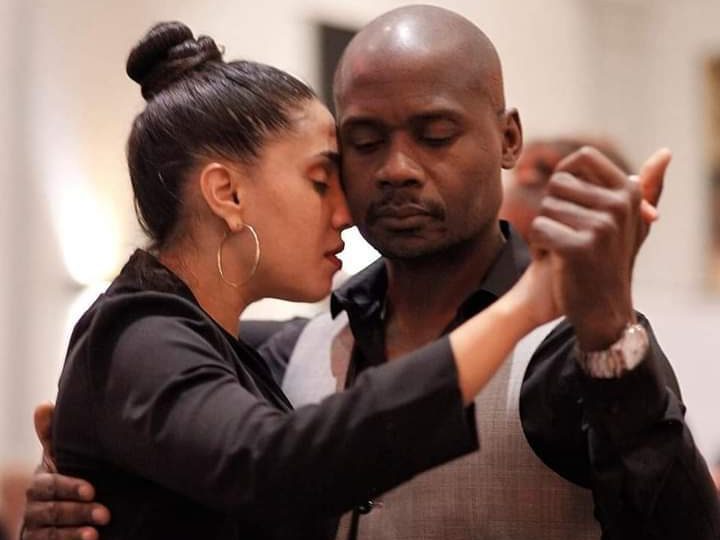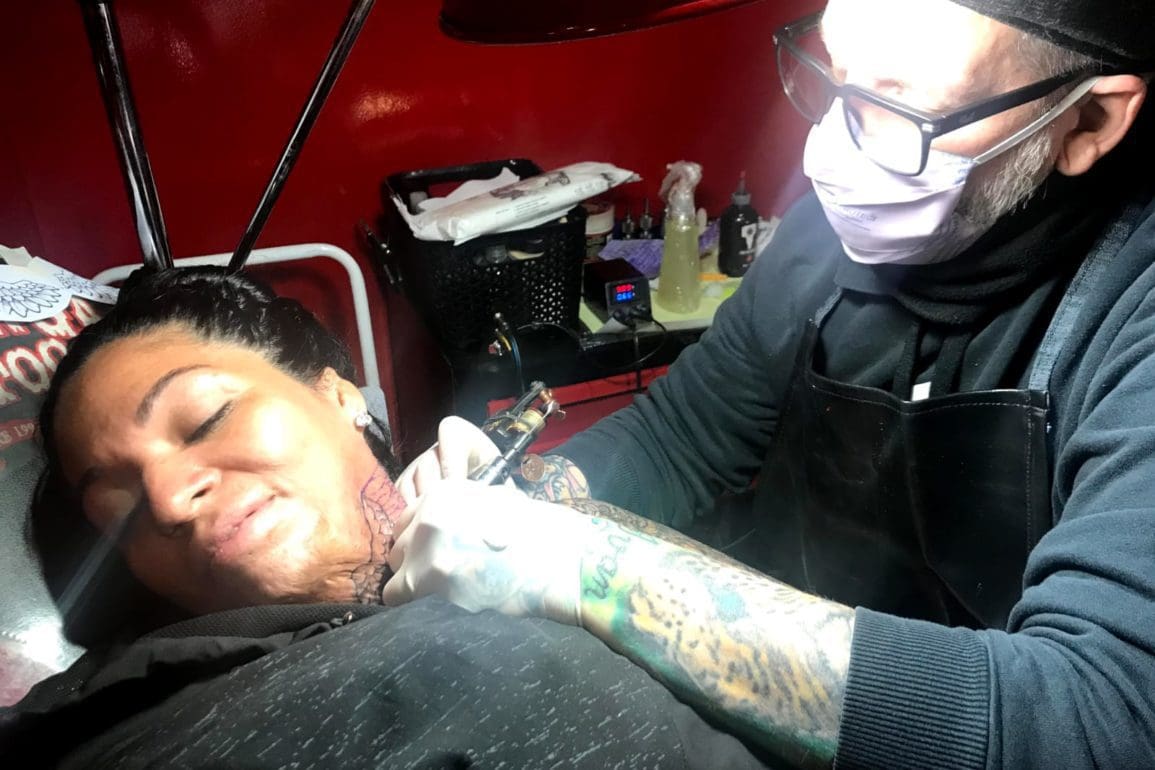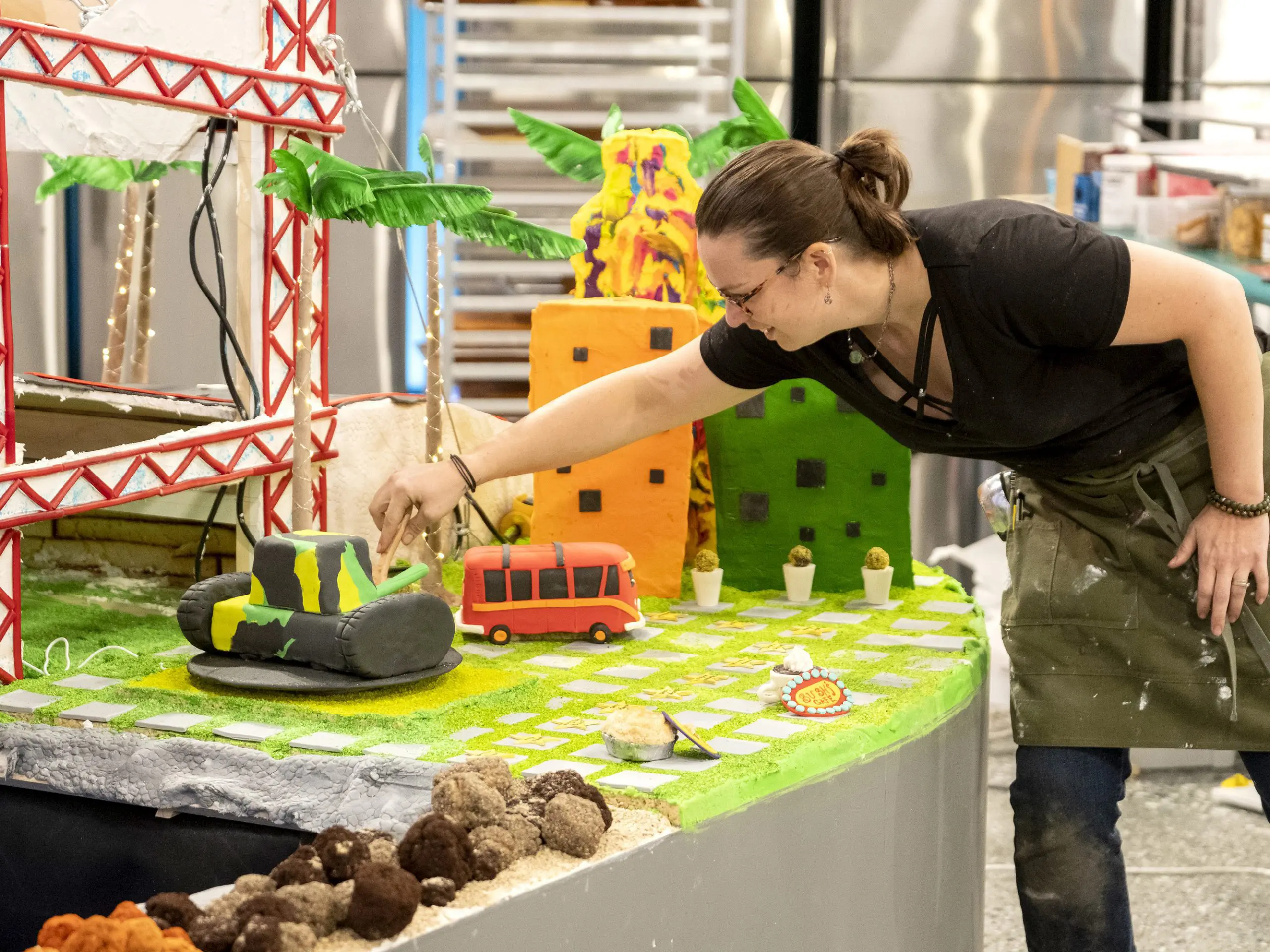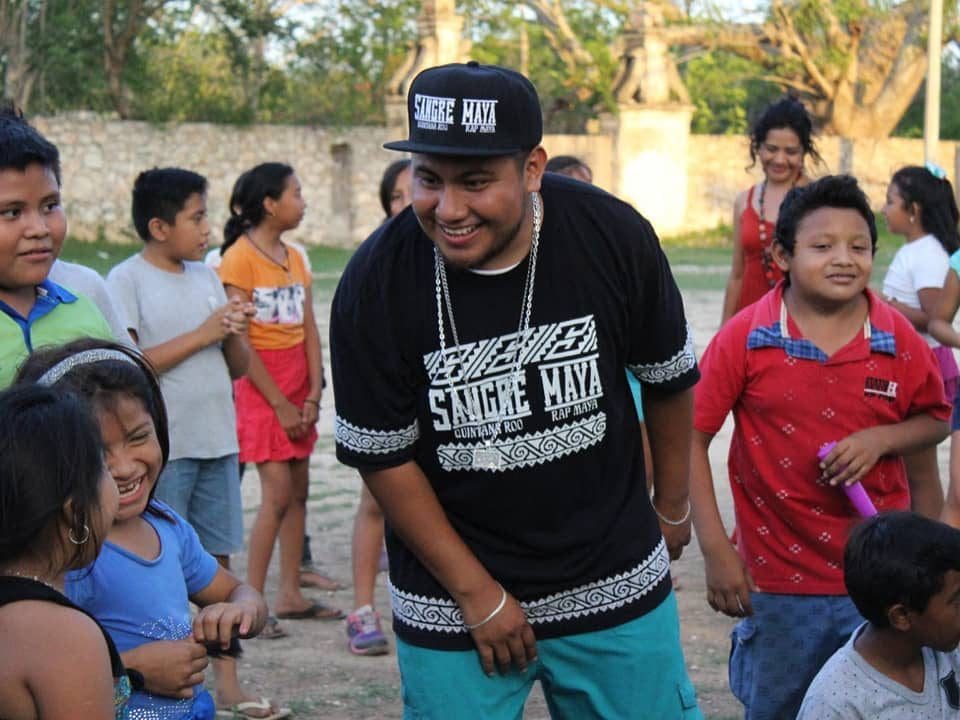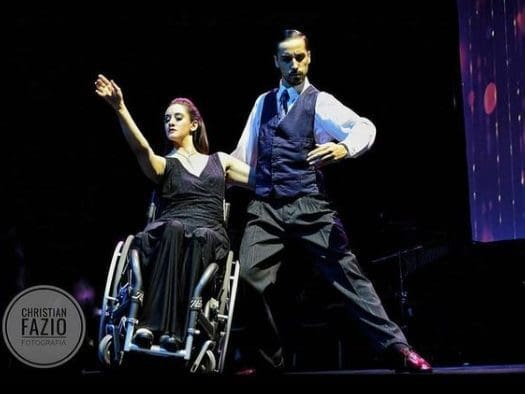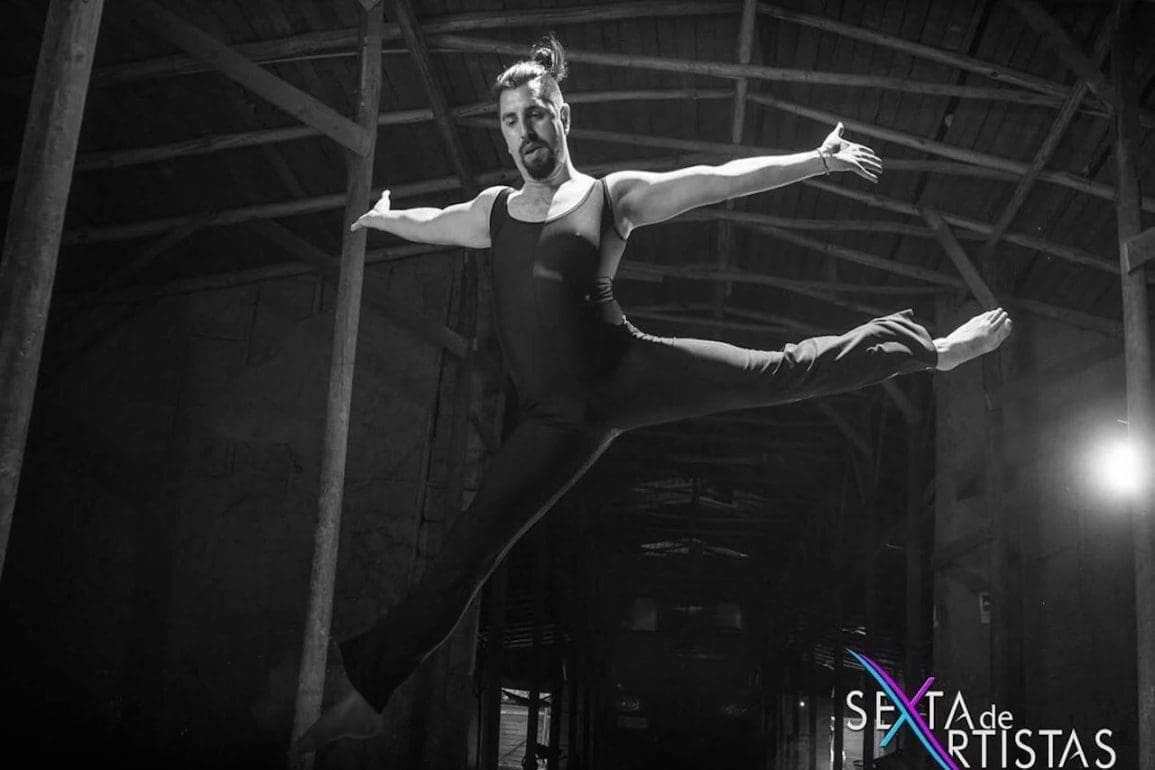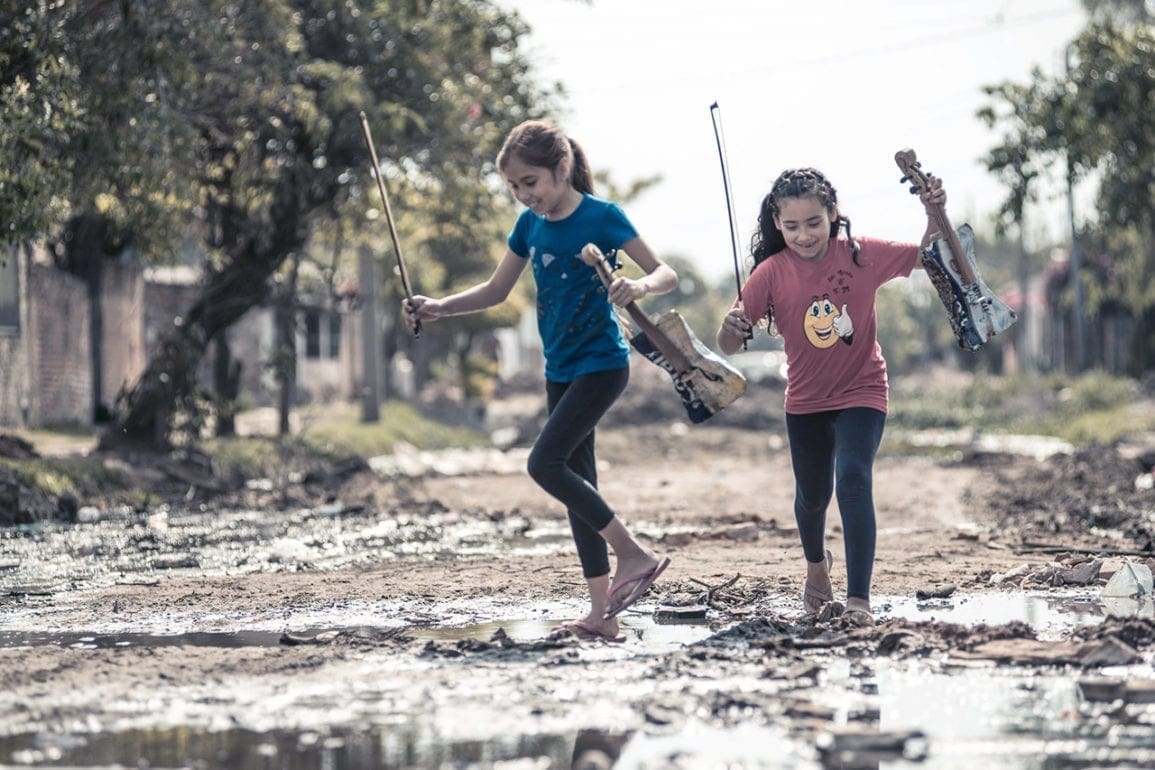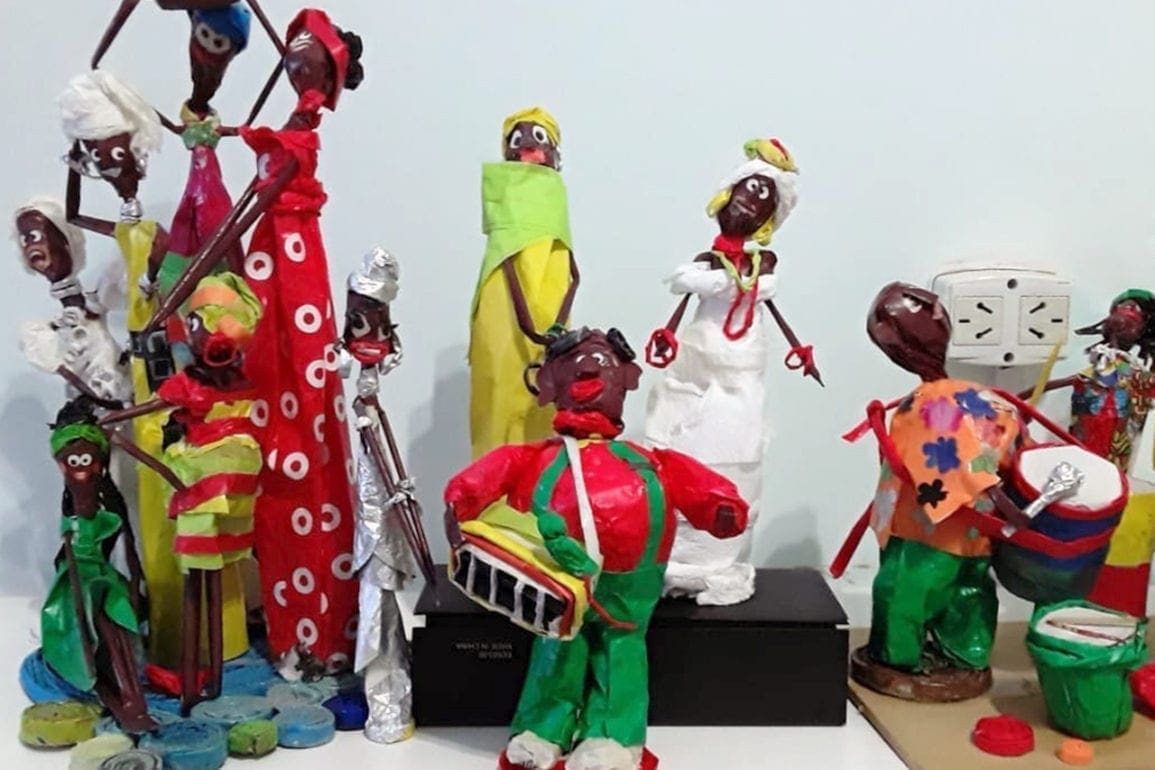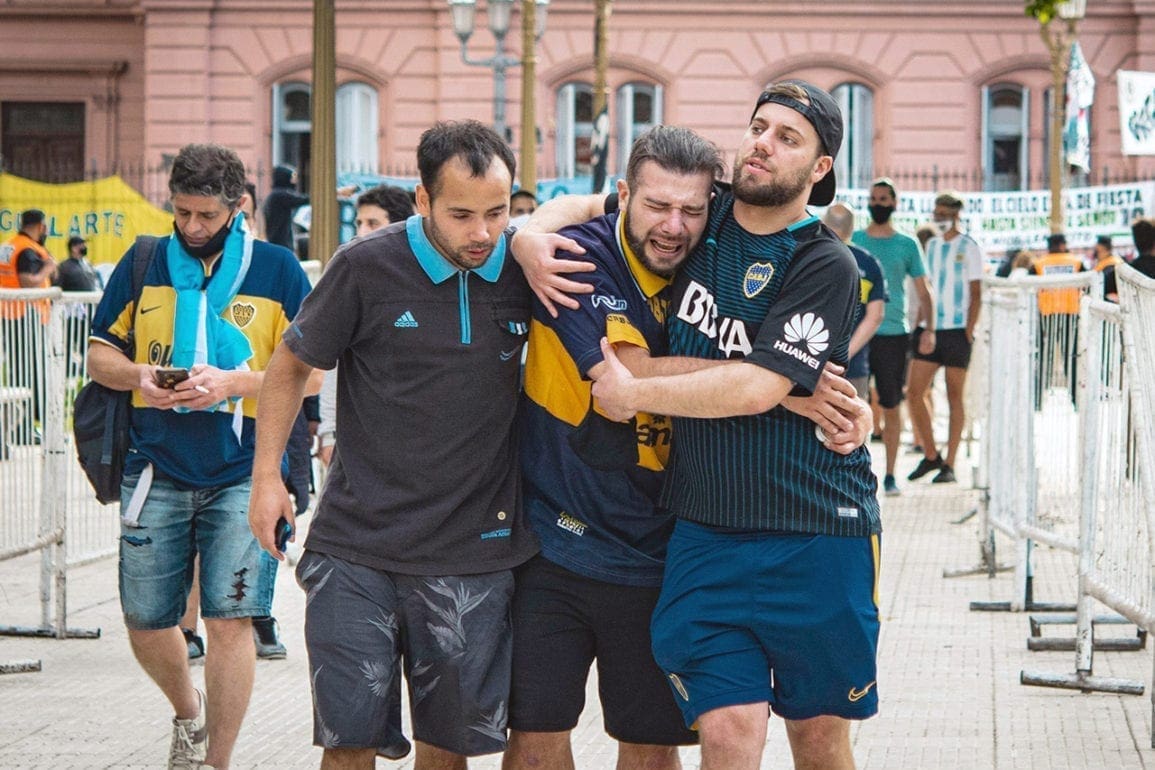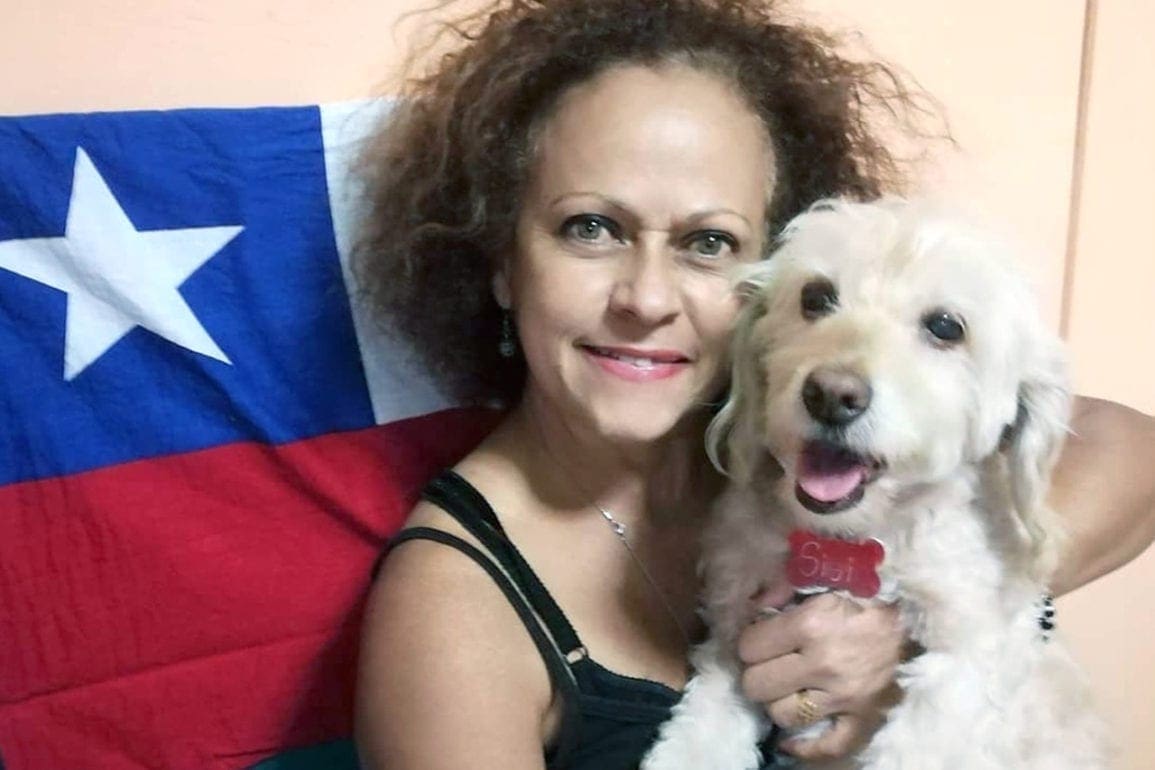Best-selling novel Cometierra [Eartheater] becomes Amazon Prime television series: we caught up with author Dolores Reyes
Cometierra or Eartheater follows a young woman whose compulsion to eat earth gives her visions of murdered and missing people. The story explores the dark tragedies of ordinary lives, with a focus on violence against women.
- 2 years ago
January 6, 2024
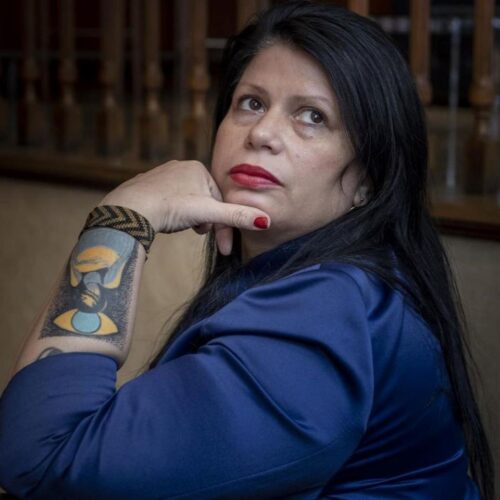
BUENOS AIRES, Argentina ꟷ Nearly 10 years ago, while running the Selva Almada literary workshop, the magical idea for my first novel Cometierra emerged. [Time Magazine, The Boston Globe and many other publications named best-selling novel Cometierra – or Eartheater in English – one of the “Best Books of Fall 2020” and a “Fall 2020 Must-Read.” Spain’s Mediapro Studio is currently producing a seven-episode series based on the novel for Amazon Prime Video.]
During a meeting of the workshop, a classmate named Marcela Carnero read a fragment of a text. A poet and sci-fi writer, Marcela’s text induced vivid imagery. I listened intently to the short but powerful reading. Closing my eyes, I suddenly saw the image of a girl in my mind. When the reading ended with the phrase “cemetery land,” I imagined the girl, her back turned, putting dirt into her mouth – just as I describe in the novel. I could never erase that image from my mind.
[Cometierra or Eartheater follows a young woman whose compulsion to eat earth gives her visions of murdered and missing people—an imaginative synthesis of mystery and magical realism that explores the dark tragedies of ordinary lives, with a focus on violence against women.]
Read more stories Arts & Culture category at Orato World Media.
During a literary workshop, the idea for Cometierra or Eartheater is born
As I worked on the novel over several years, I followed the character – describing her and her surroundings. I navigated her strong relationship with the land, specifically the cemetery which housed the bodies of the victims she encountered. The process felt like a punch in the chest while simultaneously evoking pure light.
When the novel begins, the girl I saw is seven years old. She puts mouthfuls of dirt in her mouth and swallows them down to her throat. As she grows and makes decisions, she encounters many difficult moments. At 17 years old, the character began to inhabit me.
In Cometierra, femicides occupies the central theme, dedicated to two victims from Argentina, Araceli Ramos and Melina Romero. The day Araceli Ramos was murdered, she left her house in Pablo Podesta, close to where I often hang out, and she died in Caseros where I live. She took the same route I often took to work when I was teacher, only in reverse. Likewise, Melina Romero died in Pablo Podesta and they held her wake in Caseros. The funeral procession passed by the door of my home.
In the novel Eartheater, the setting takes place in my neighborhood, the border area of Liniers, and around the General Paz highway – where black and white photocopies of the missing girls appear on walls and bus stops. Told in the first person, desperate neighbors turn to the young psychic who suffered the brutal absence of her own mother. When she closes her eyes, takes a handful of earth, and swallows it, images arise in her mind of those missing, calming the anguish of their loved ones.
Messages flood in from girls of murdered mothers and grandmothers
After writing and editing Cometierra, a very intense journey began. Girls began writing to me who were directly impacted by femicides. These girls read the novel as if dissecting it – the character’s voice impacting them significantly. The story reflected things they went through in their own lives. Some of these girls were very young when their stories took place, and it took 20 years to speak their mothers’ or grandmothers’ names. Some had fathers in prison and did not know why. I listened intently, chatting with these women for an hour or an hour and a half.
Some told stories of receiving a telegram that a body was being moved from the cemetery and they finally learned their mothers’ names. These mothers, killed when the girls were just two or three years old, were not the women who raised them. They search their houses to find boxes with photos of the mother they never knew; the mother they lost.
I felt incredibly impressed as the book took off – becoming a literary phenomenon. Reaching its eleventh edition in Argentina, Cometierra or Eartheater can now be read throughout Latin America, Italy, Spain, France, Poland, the U.S., and the U.K. Still, I never imagined the book would be adapted into anything, until people began pointing to the visual nature of the piece.
One day director and screenwriter Daniel Burman called me. He read the book and felt deeply inspired by the protagonist’s explosive strength. He suggested that the novel be transformed into a television series. Along with me, he resoundingly took charge of the team.
Meeting famous actresses during the filming of Cometierra for Amazon Video
When Mediapro Studio agreed to produce a six-episode series of Cometierra for Amazon Prime Video, we made the decision to move the setting from Argentina to a poor neighborhood in Mexico. When I traveled there for filming, it felt incredible. I met the cast and entered the set where I saw reflectors, monitors, and other equipment. The set grew and grew until every detail of my book came to life.
As the team filmed the scenes, I felt deeply impacted. At one point, I walked about 100 meters away, moving along the side and looking at the characters in front of me. Excitement filled me as I watched my characters come to life.
The greatest moment, however, was when I finally saw Lilith Curiel, the actress playing Cometierra. We looked into each other’s eyes and melted into a hug as if we knew each other our entire lives. When the tears came, we could not stop crying and laughing. Our incredible connection stood the test of time and we still write to each other every day. I feel like Lilith is the best person in the world to portray Eartheater.
Another incredible moment came when they selected Yalitza Aparicio – an Oscar-nominated actress – to play the role of the teacher. I have adored and admired her since the movie Roma came out. It felt impressive to experience filming, to fall in love with the cast, and to consult with the writing team via Zoom for much of the process.
From a childhood filled with books to a thriving career as an author
All my life, I devoured books. Growing up, we had a modest library in my home. I saw books as precious objects to be cared for, like treasure. As far back as kindergarten, I listened to the teacher read and felt fascinated. When my parents sent me to nap, I stretched my little arm toward the library and stayed right there. Reading allowed my imagination to fly and to travel the world in my mind.
In my free time, I frequented the public library or skipped school to take the subway to the Chacarita cemetery. I played amongst the tombstones, examining the words written for the people who passed. Following those lines etched in stone, the theme of the dead arose in me even then.
With instructions from teachers, I began writing in high school and my dream to be an author dominated my thoughts. However, at 17 years old, I birthed my first daughter Ashanti. By the time I finished my college degree at 19, I had two small children and one on the way. So, for 20 years, I taught at the school in Pablo Podesto, 150 meters from the cemetery where the bodies of femicide victims lay.
After a short stint back in college for a literature program, which I could not complete, I reached a point of personal crisis. I put my dreams off for so long and I desperately needed to do something of my own. I never imagined Cometierra or Eartheater would break all the molds or that it would transcend borders and formats.
The audiovisual adaptation is like an extreme translation, adding new readers to the story. When the television series comes out, I will watch it with my children and friends. This year, I enjoyed the release of my second novel Miseria or Misery, starring Cometierre’s friend and sister-in-law. The character shows up in the first series, and already, negotiations are taking place over rights to the second book.
Now, between plane rides, I write – finishing my first volume of short stories and a third novel. Certainly, 2024 will bring exciting things; and Cometierra will live far beyond my own life.

